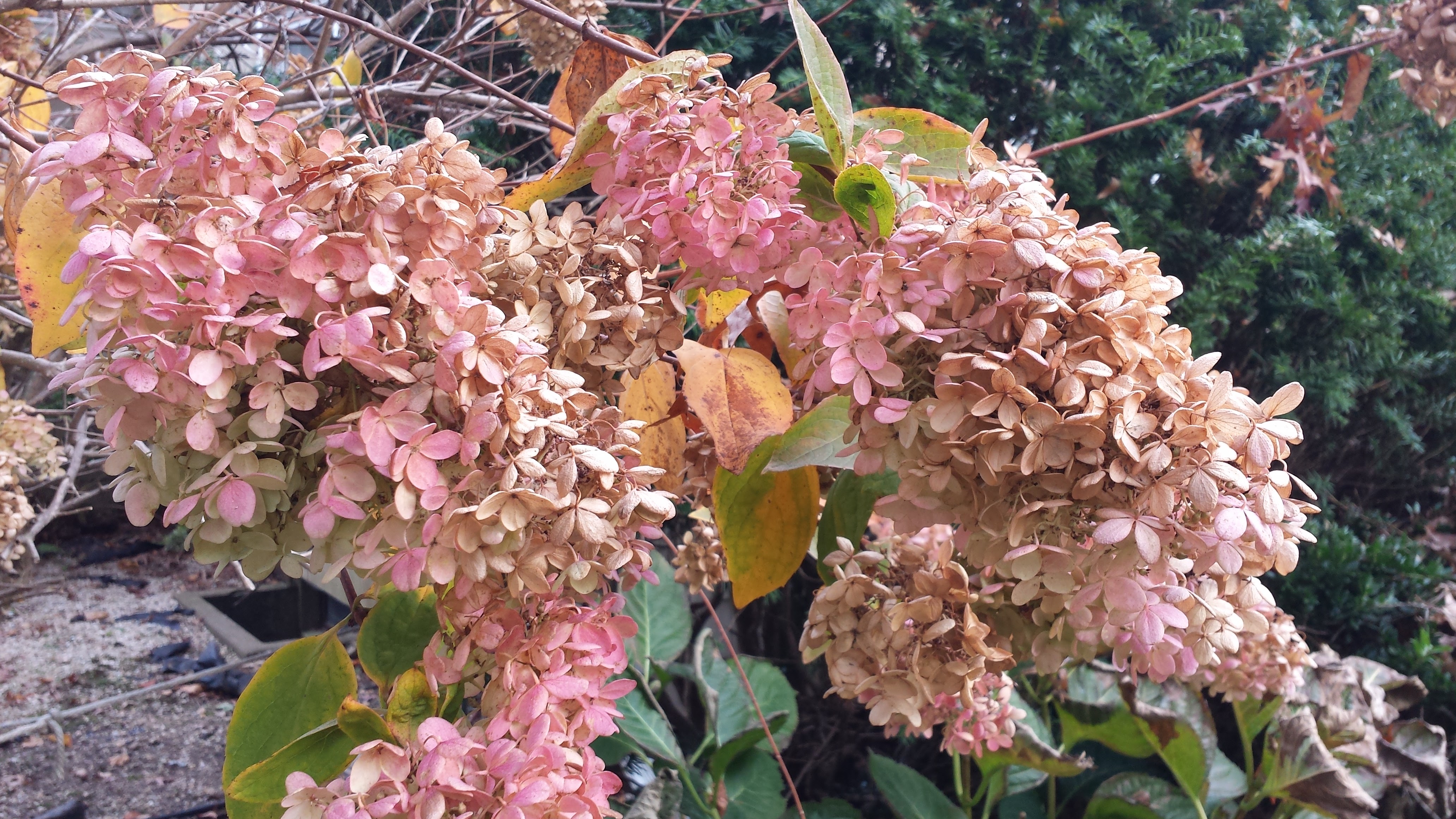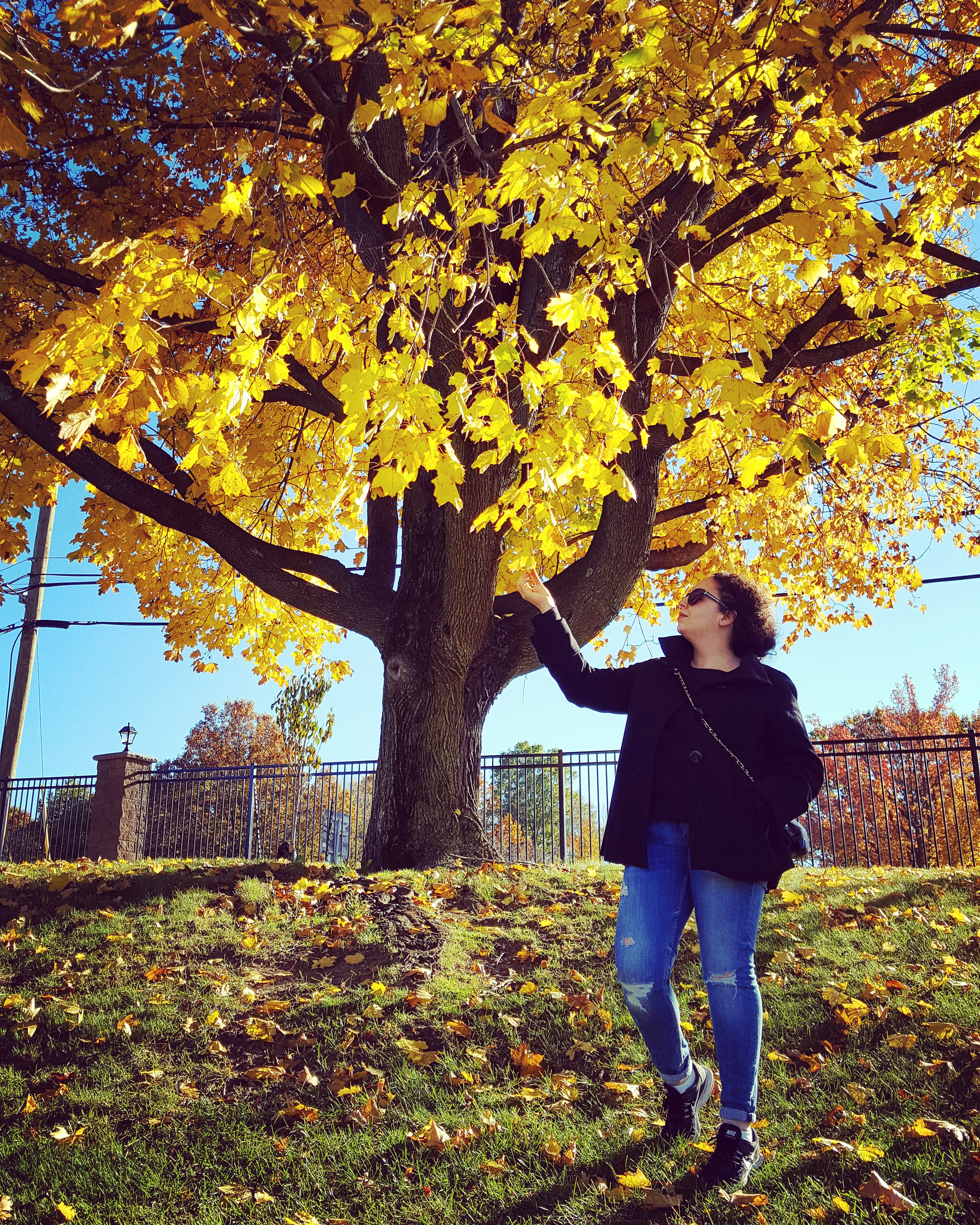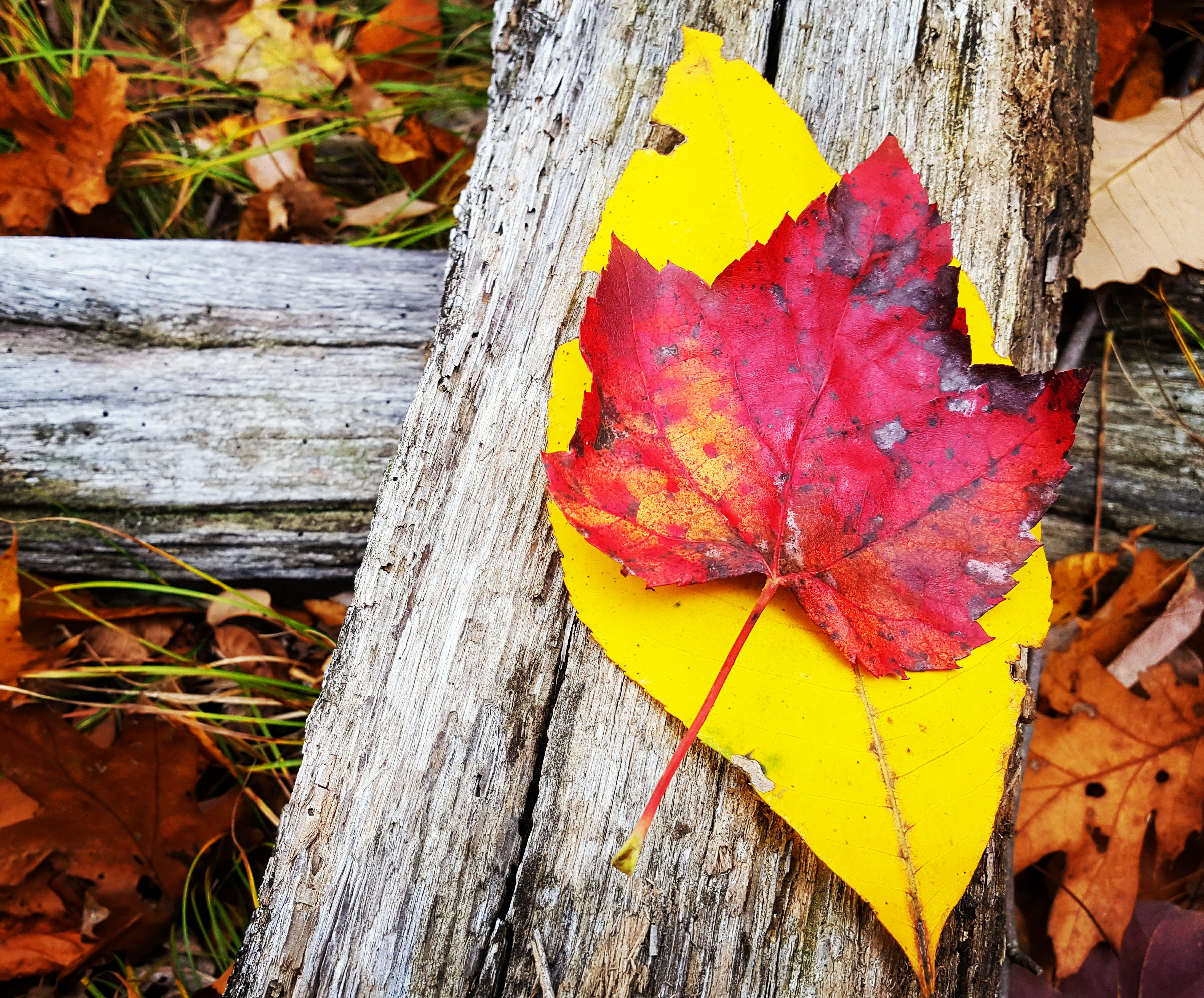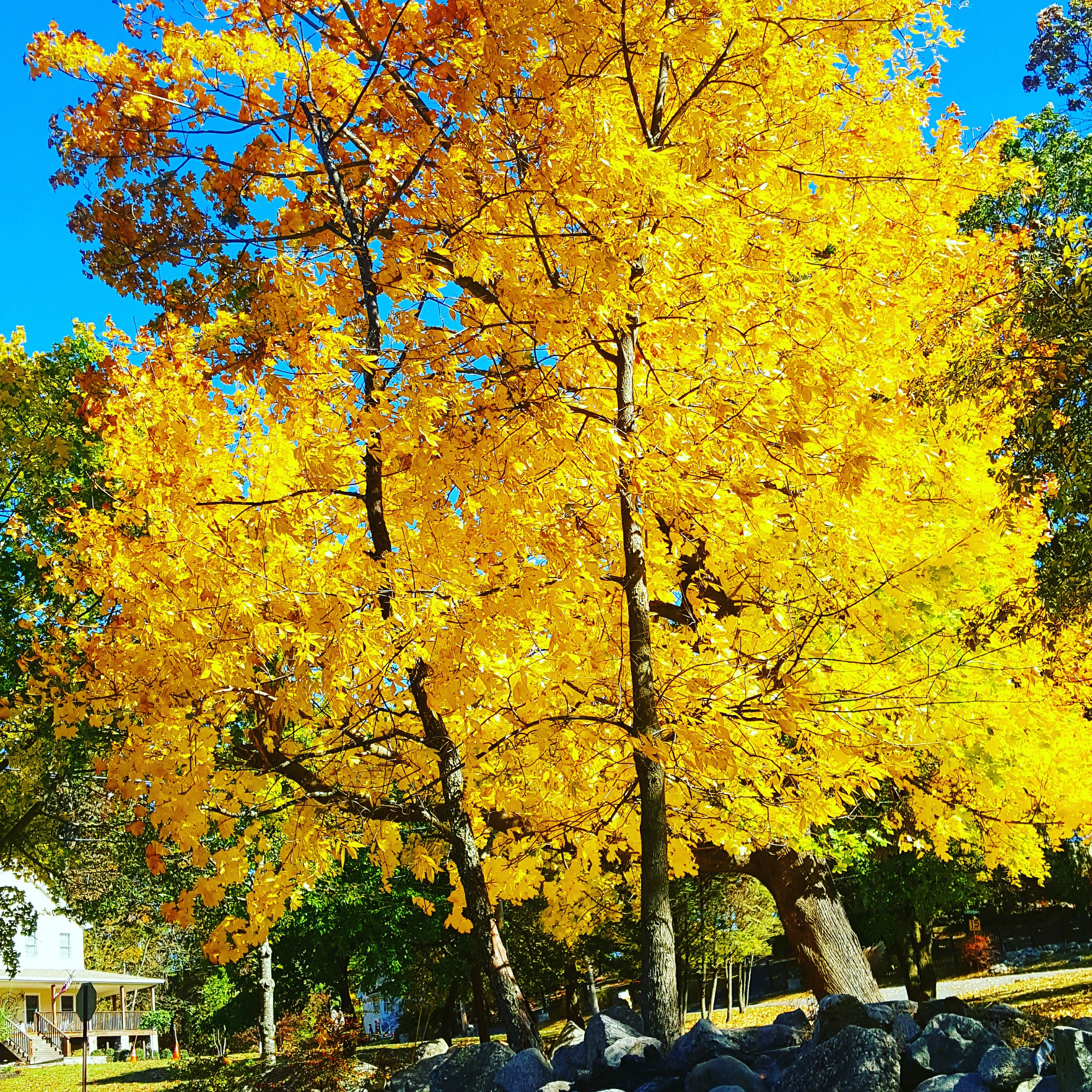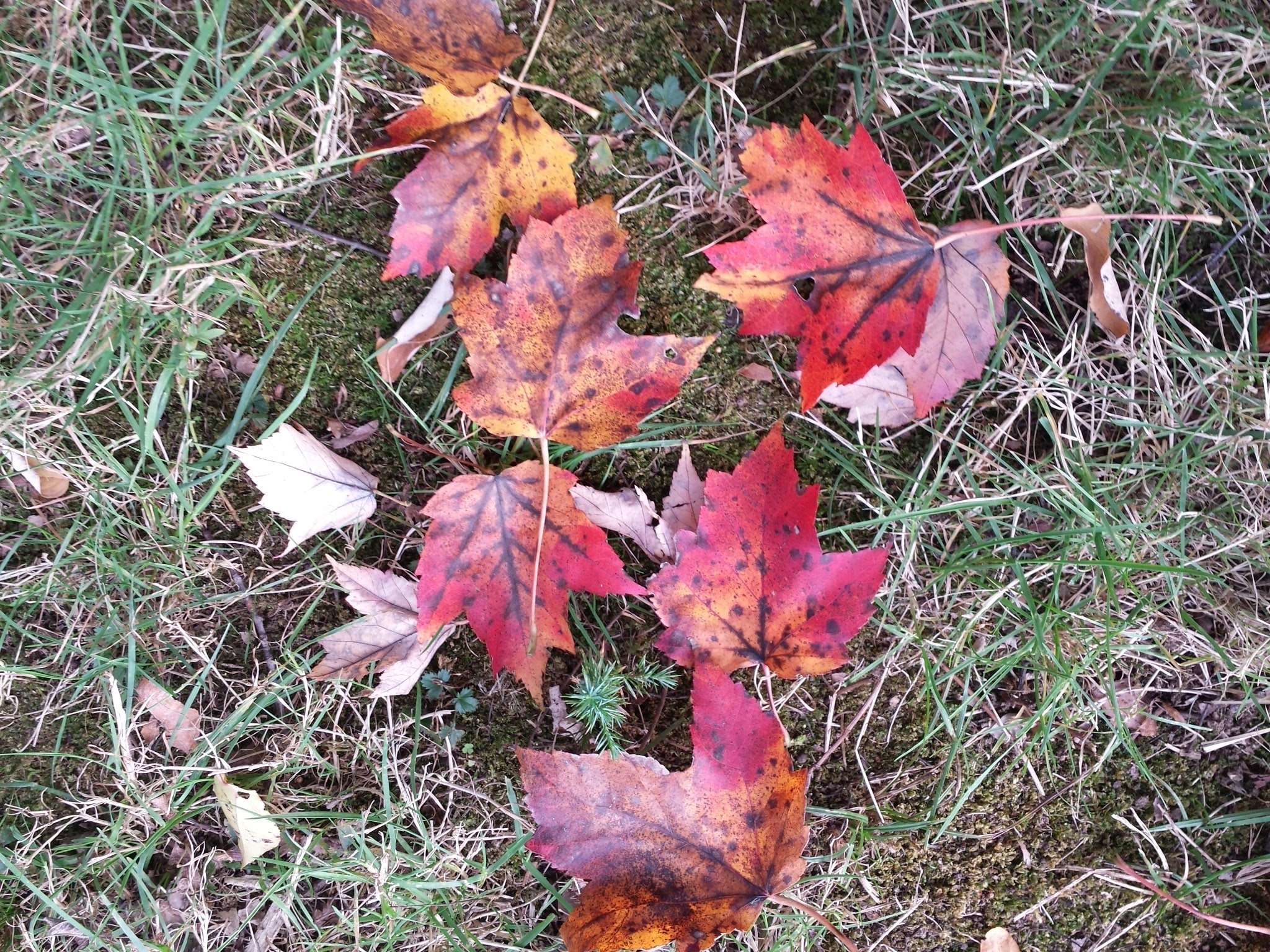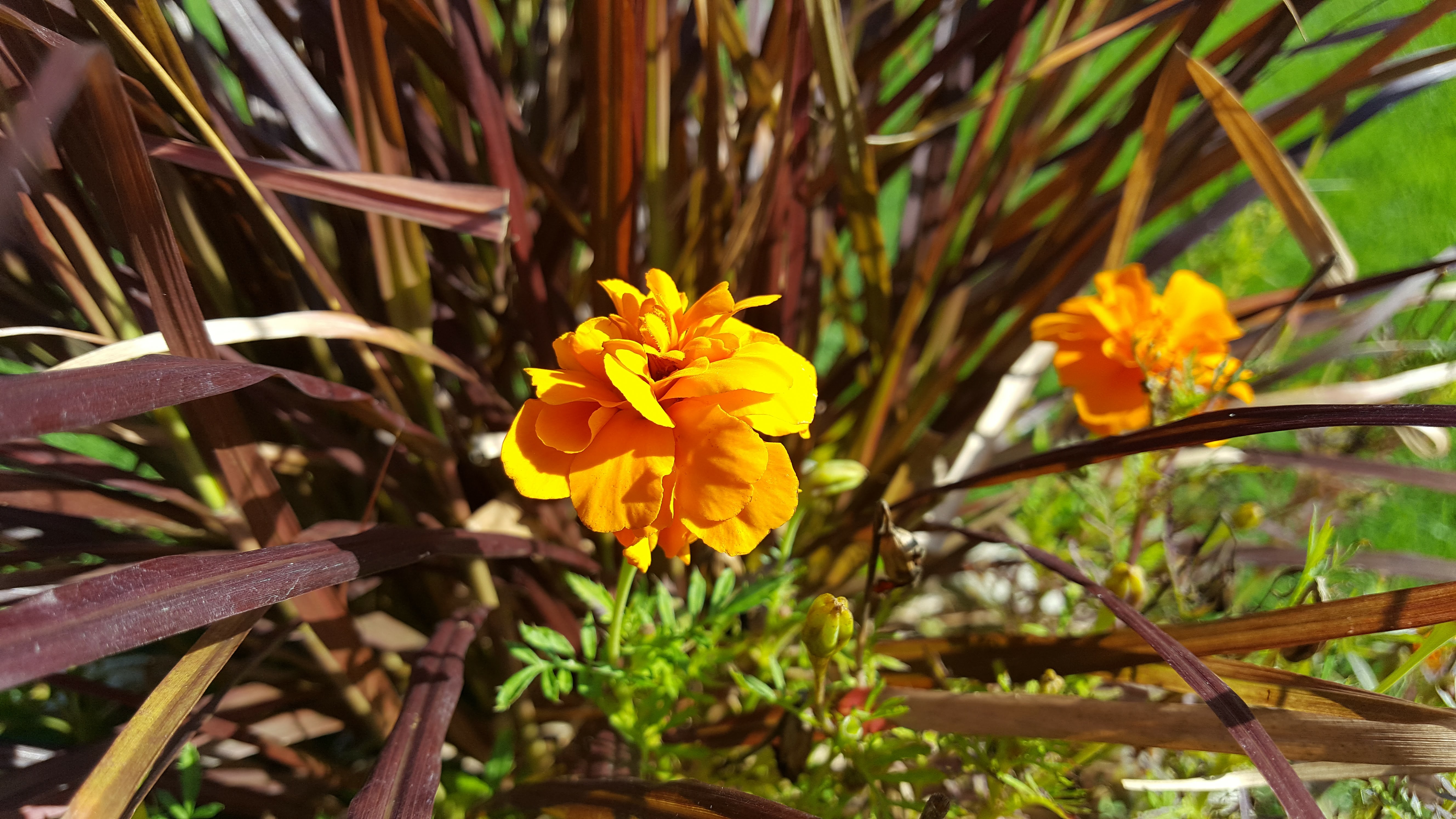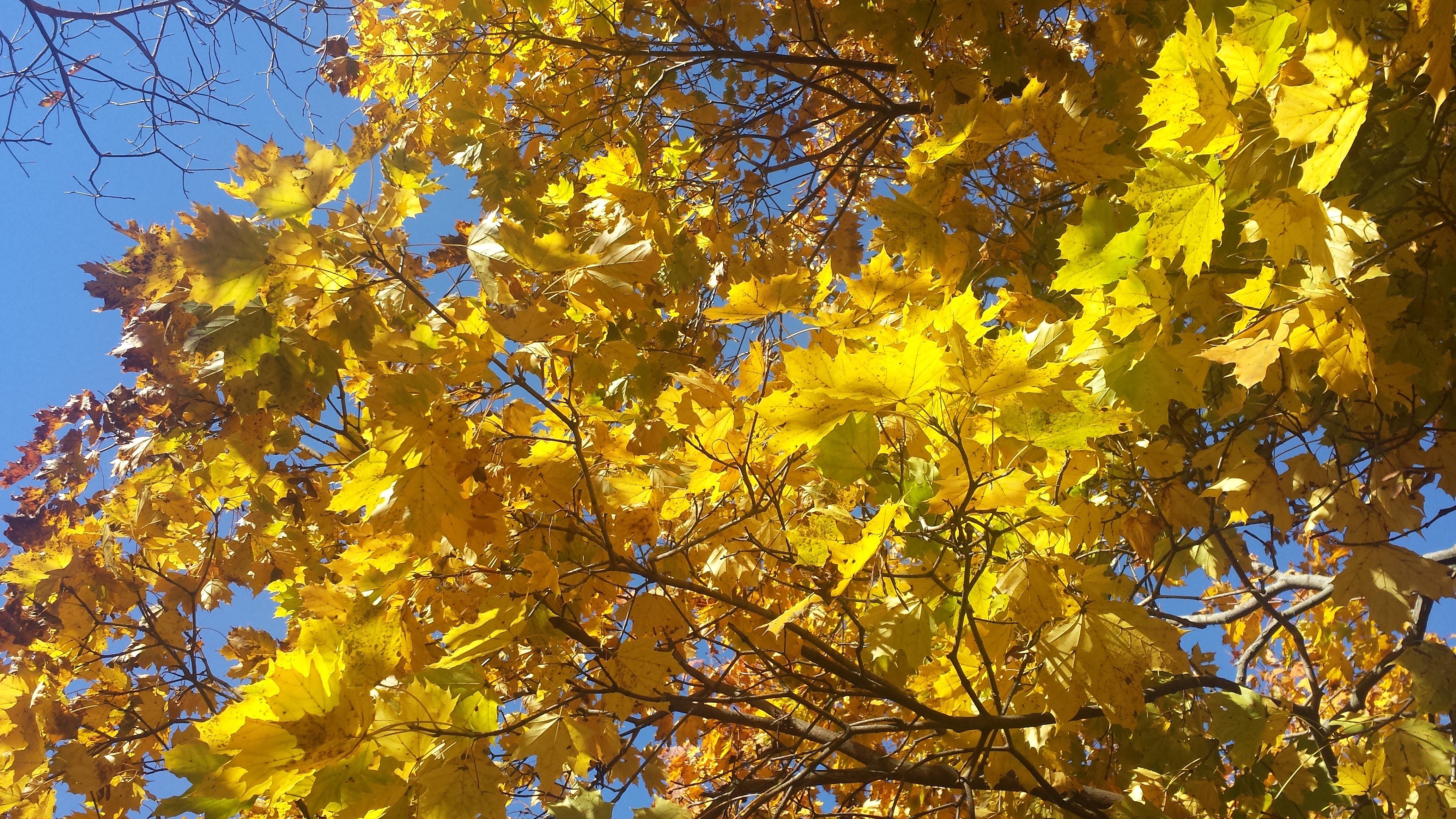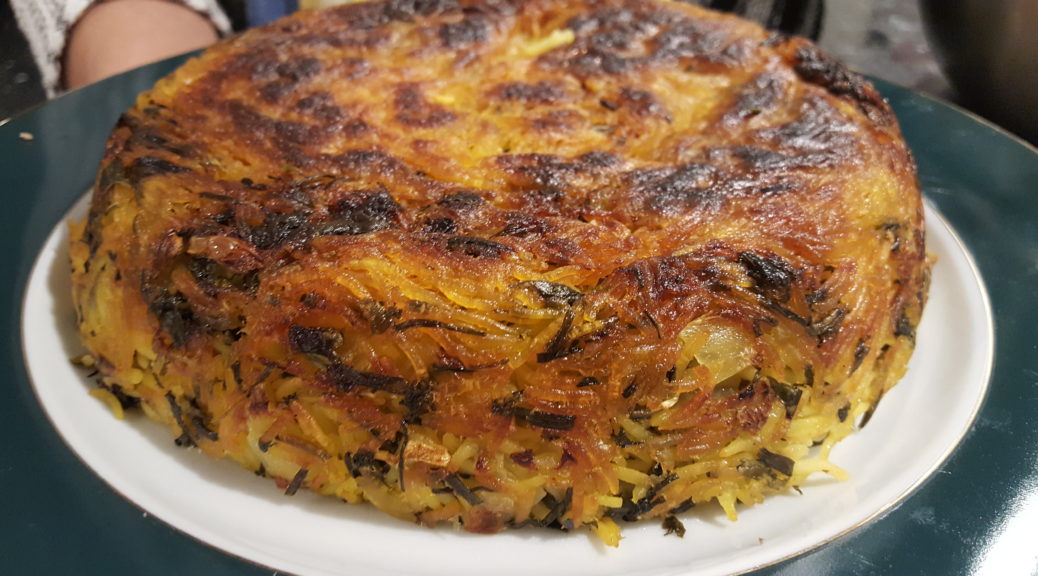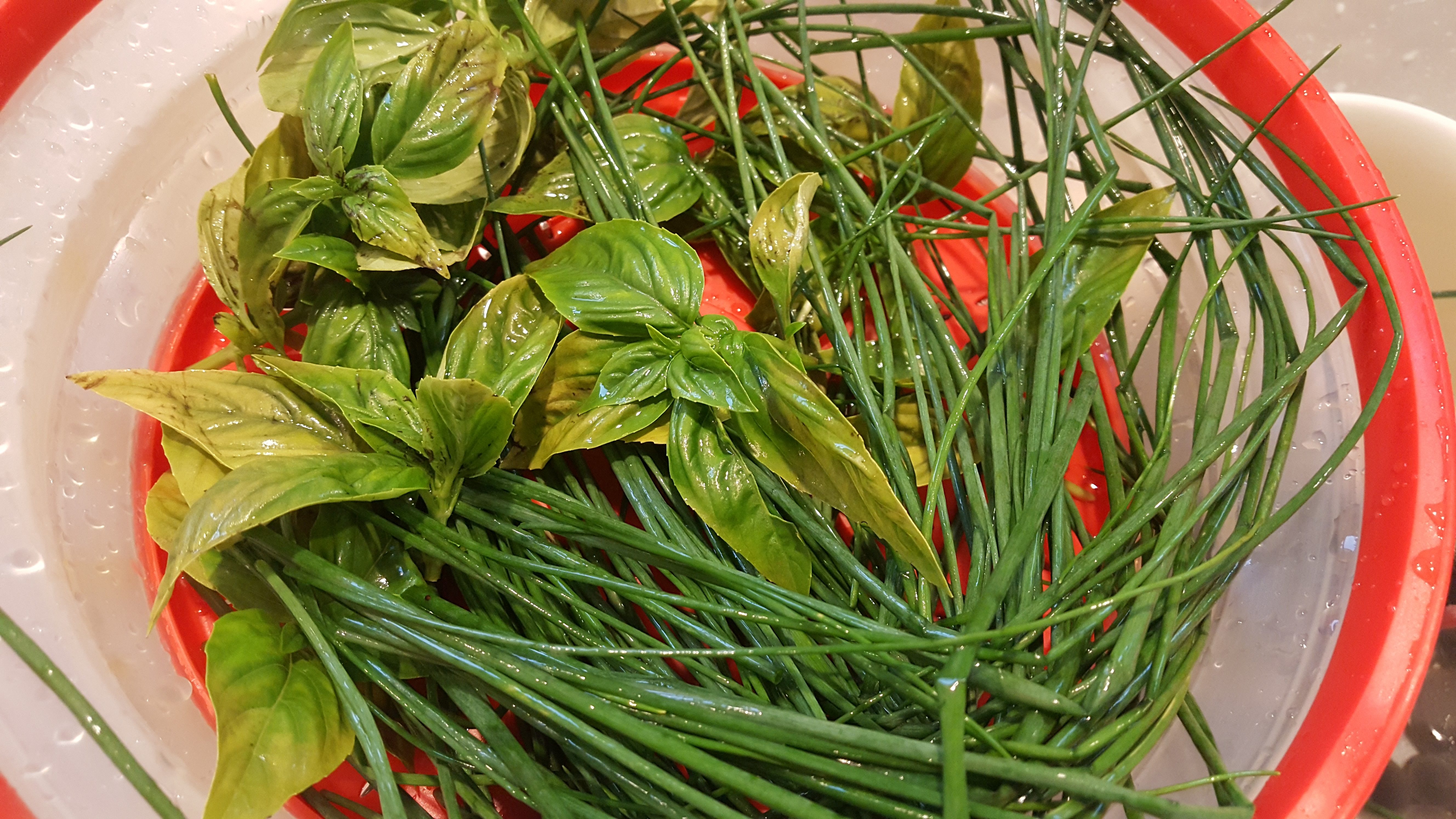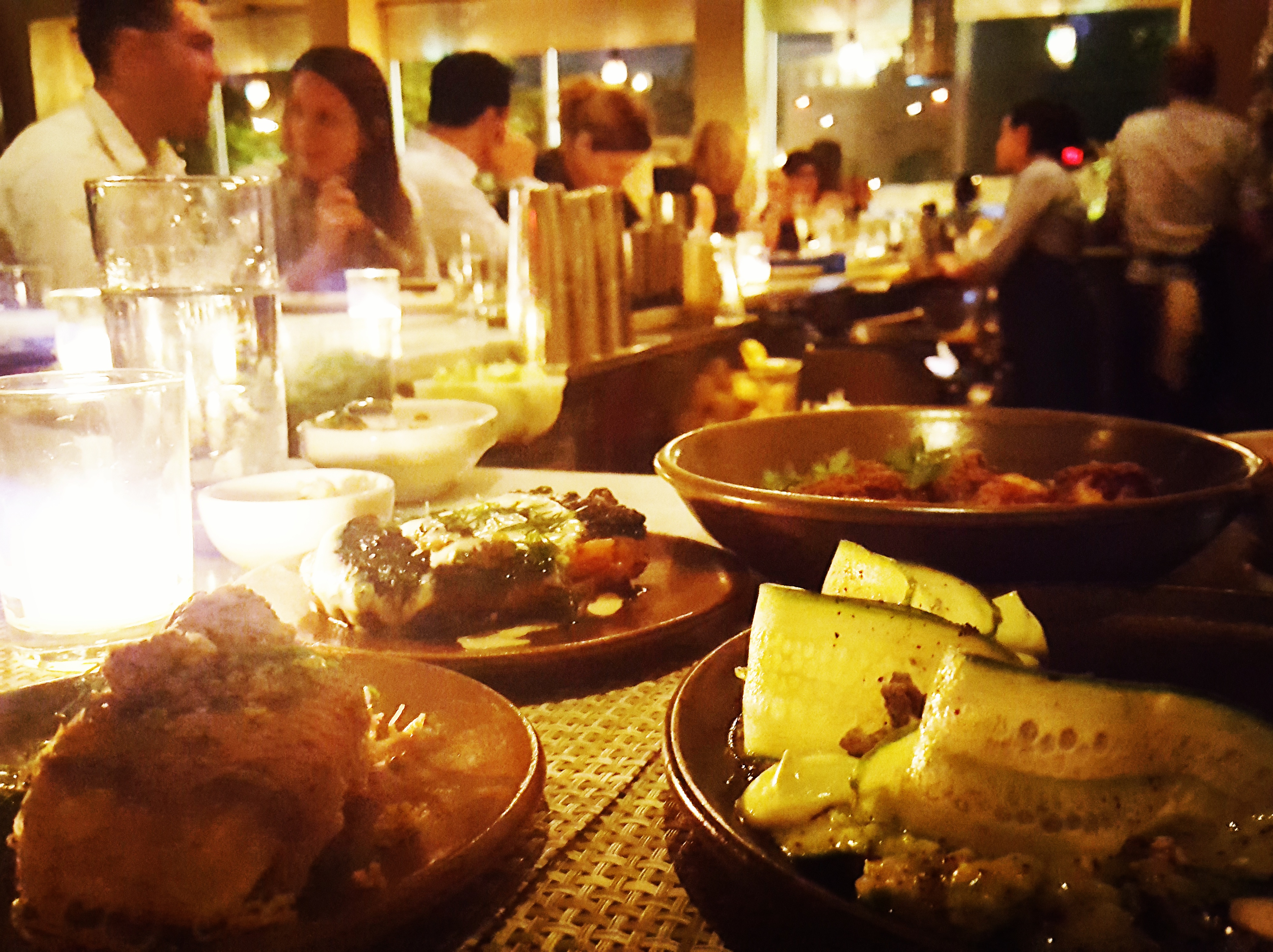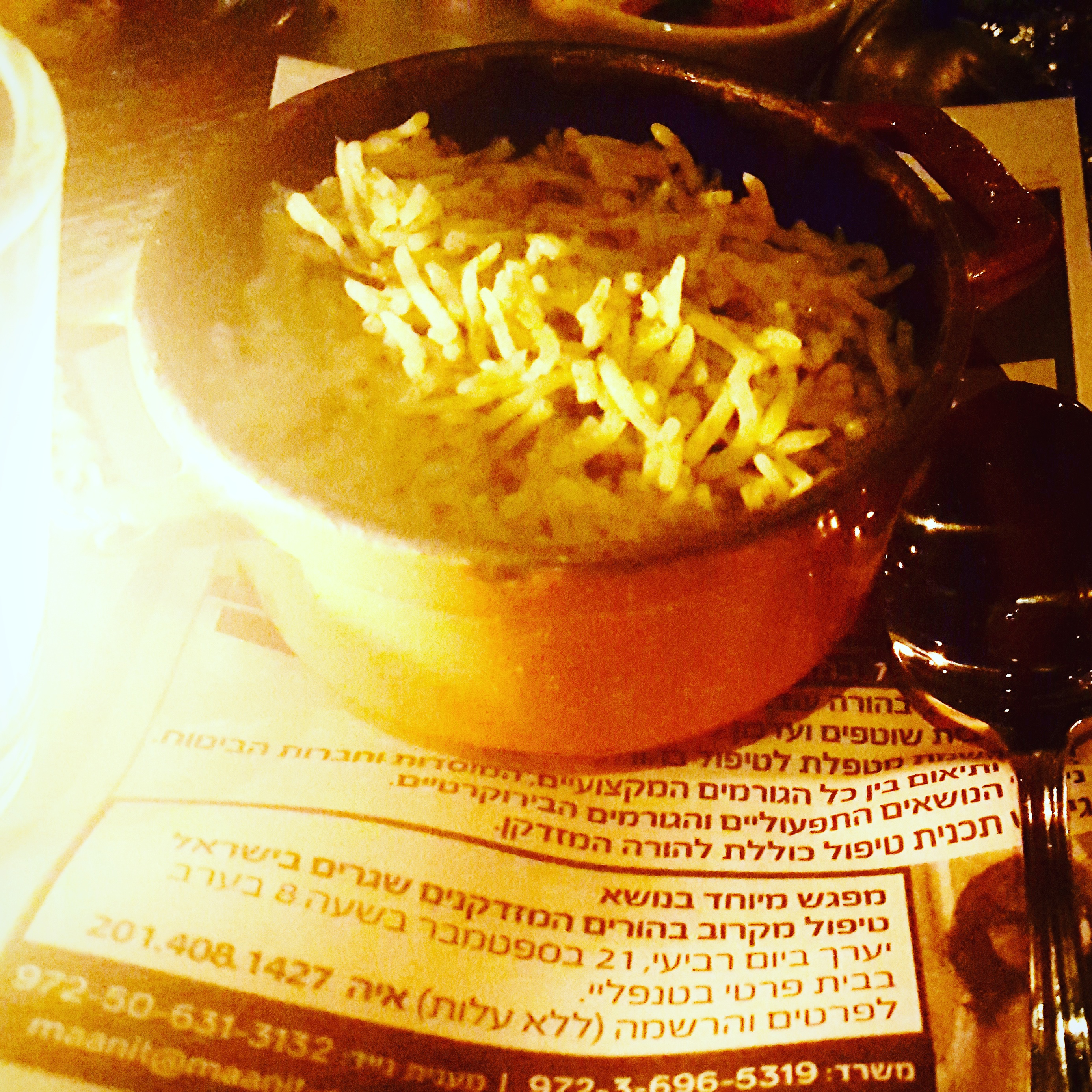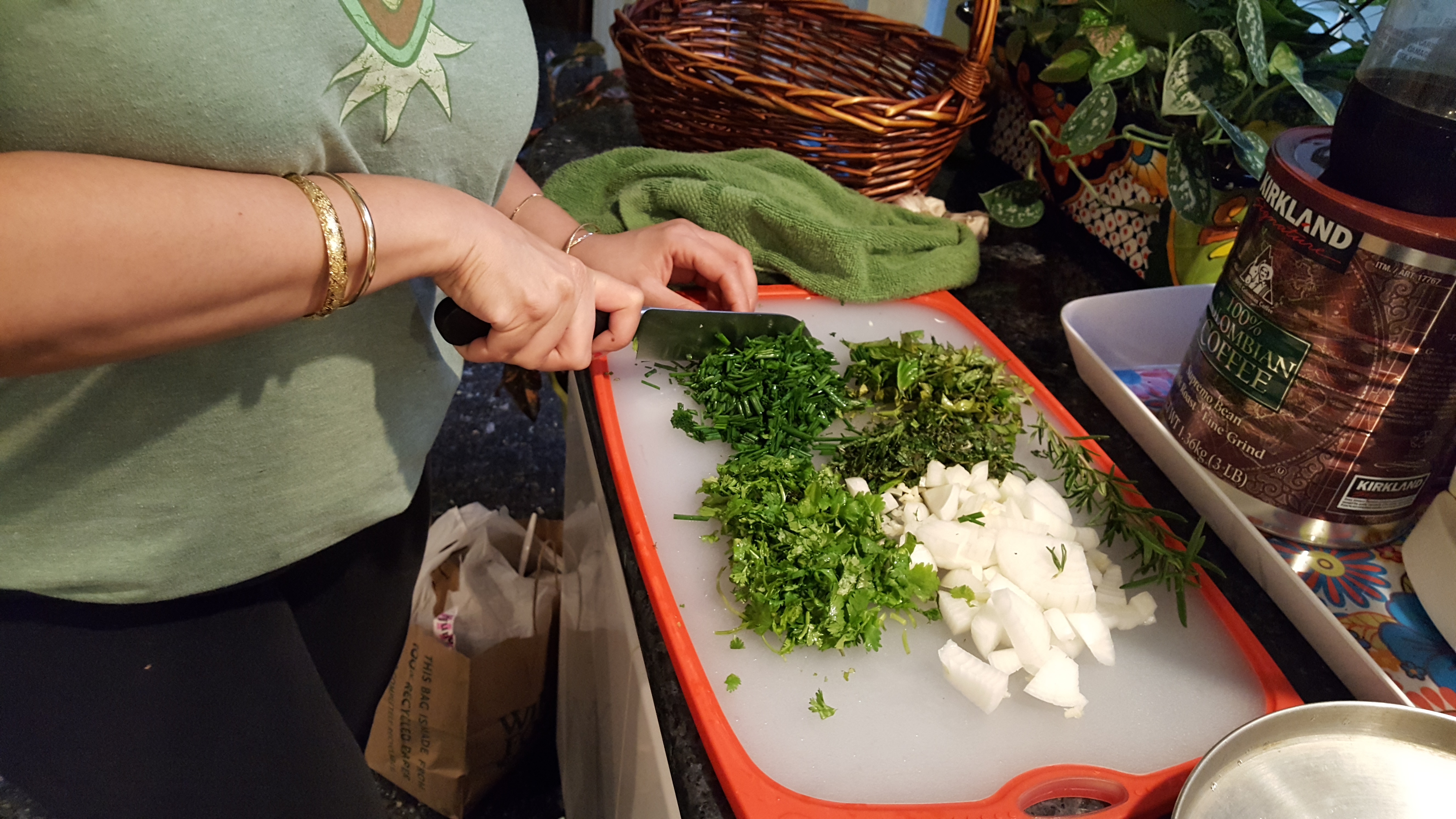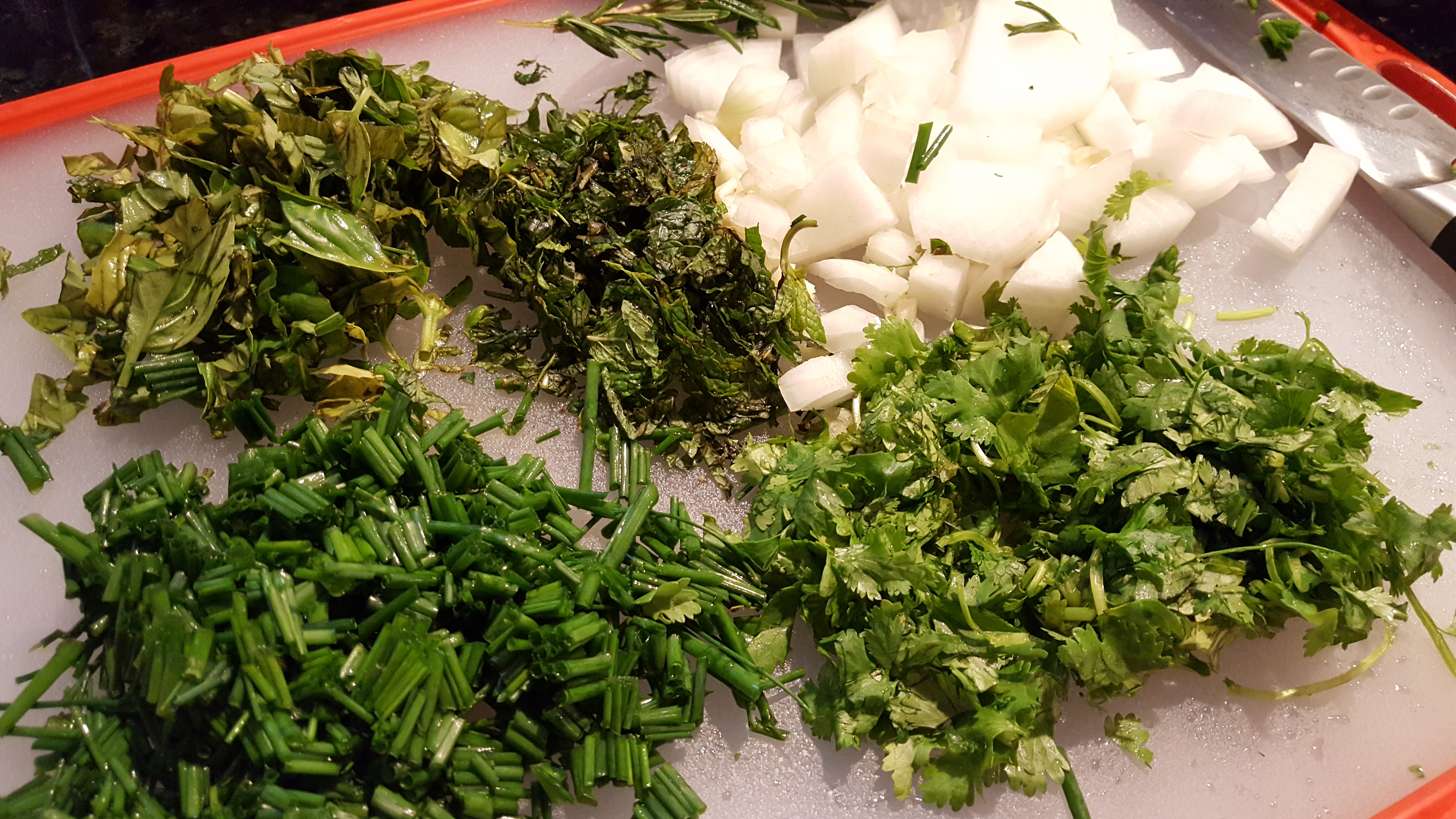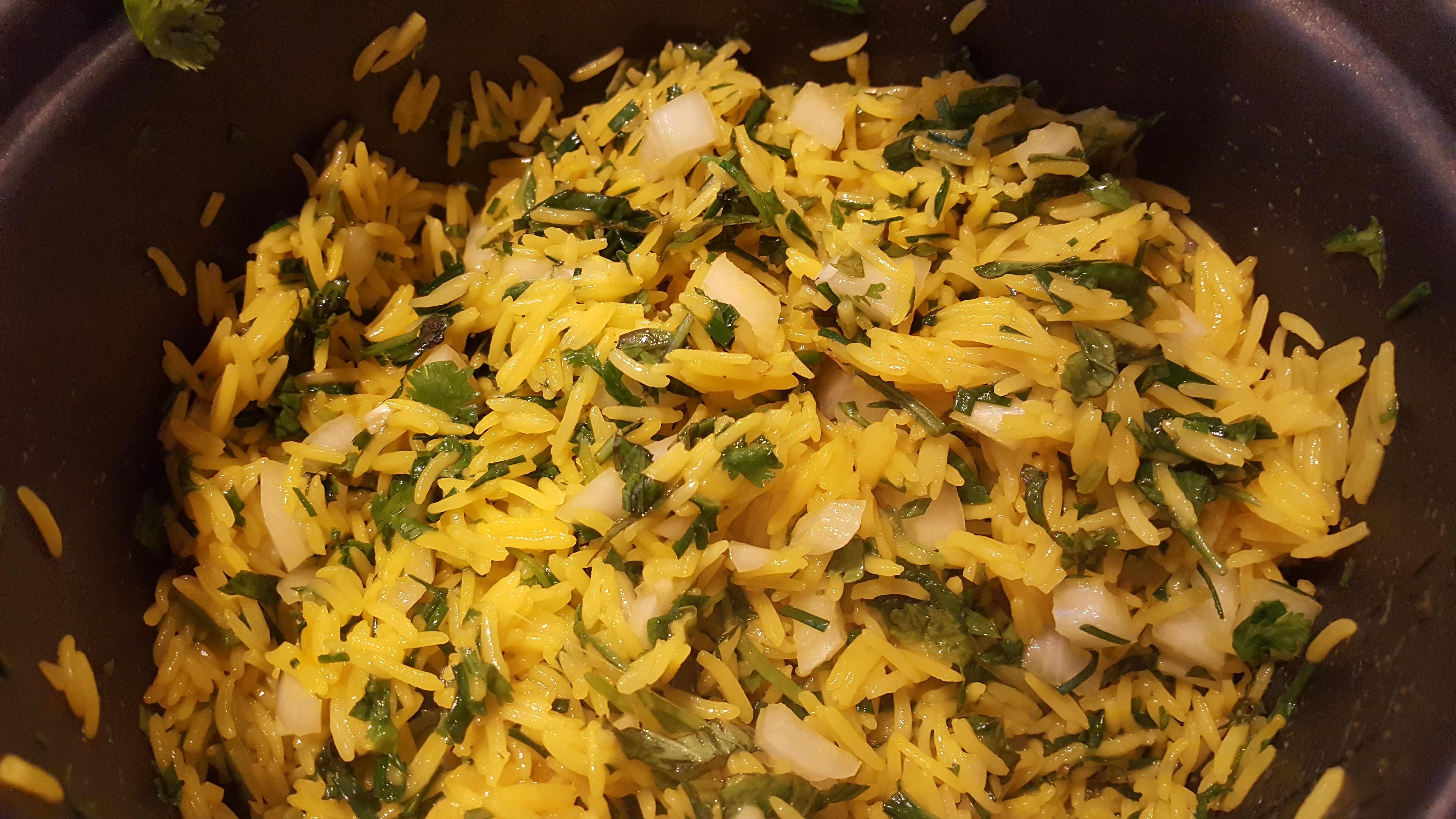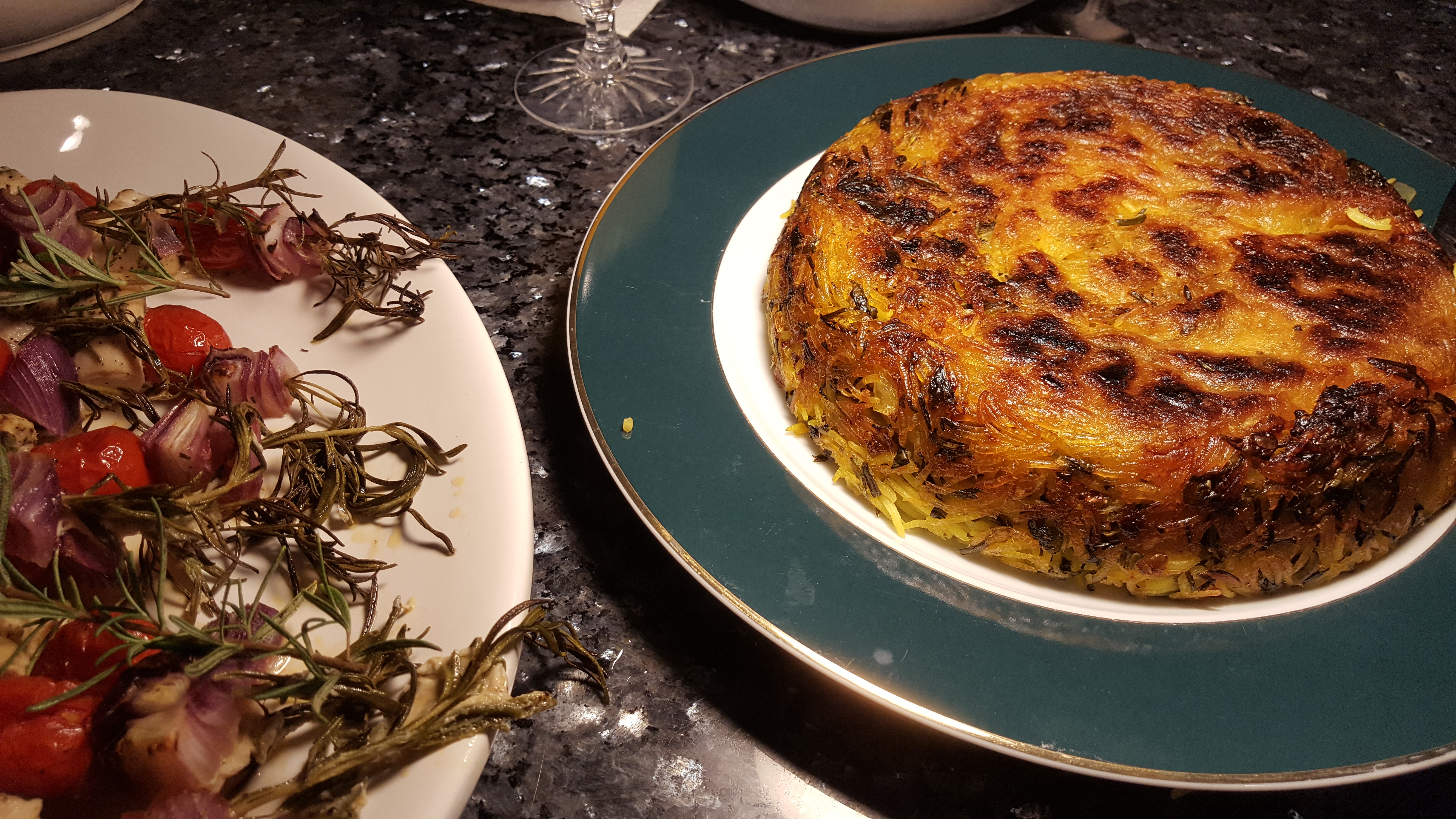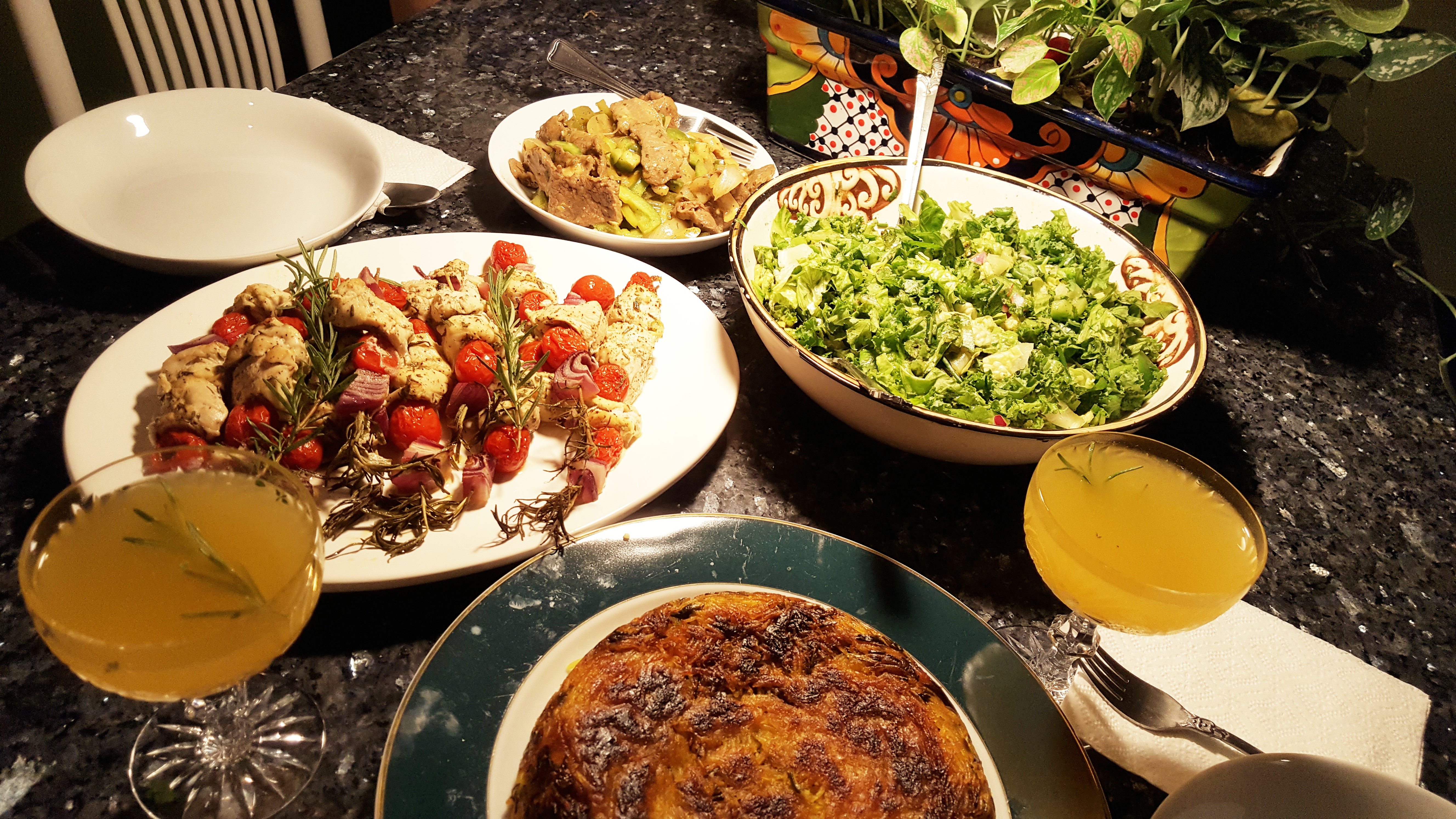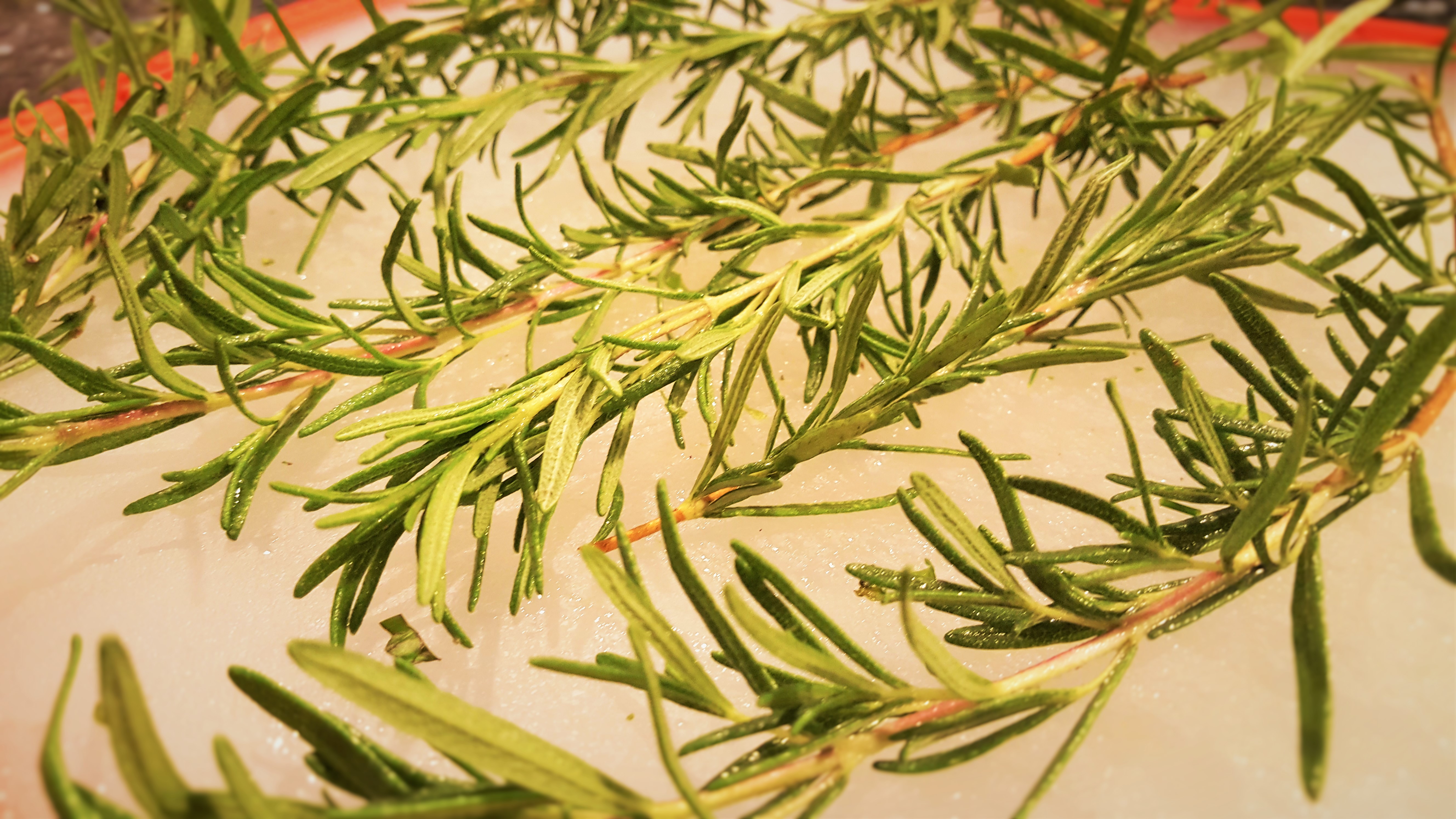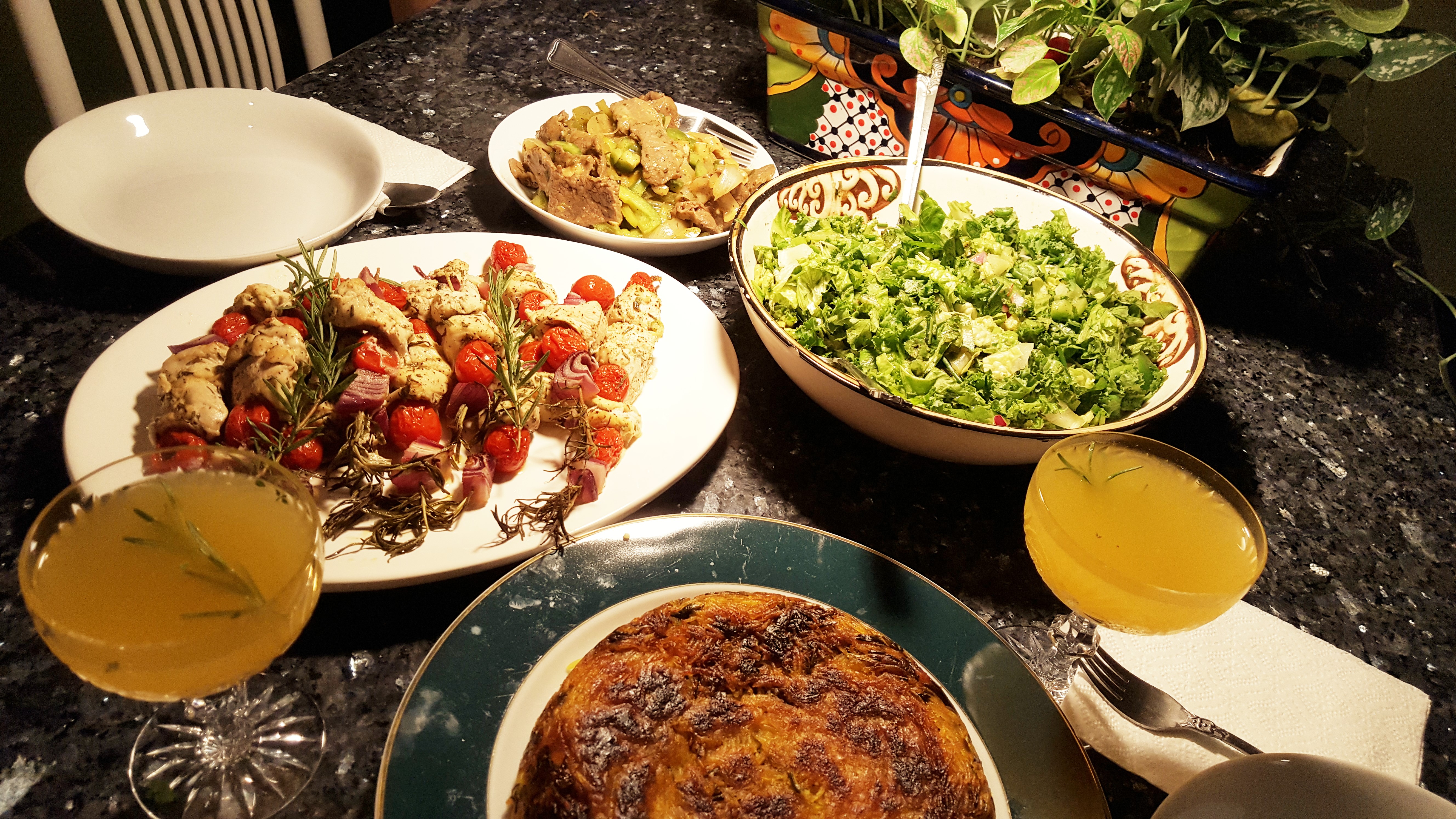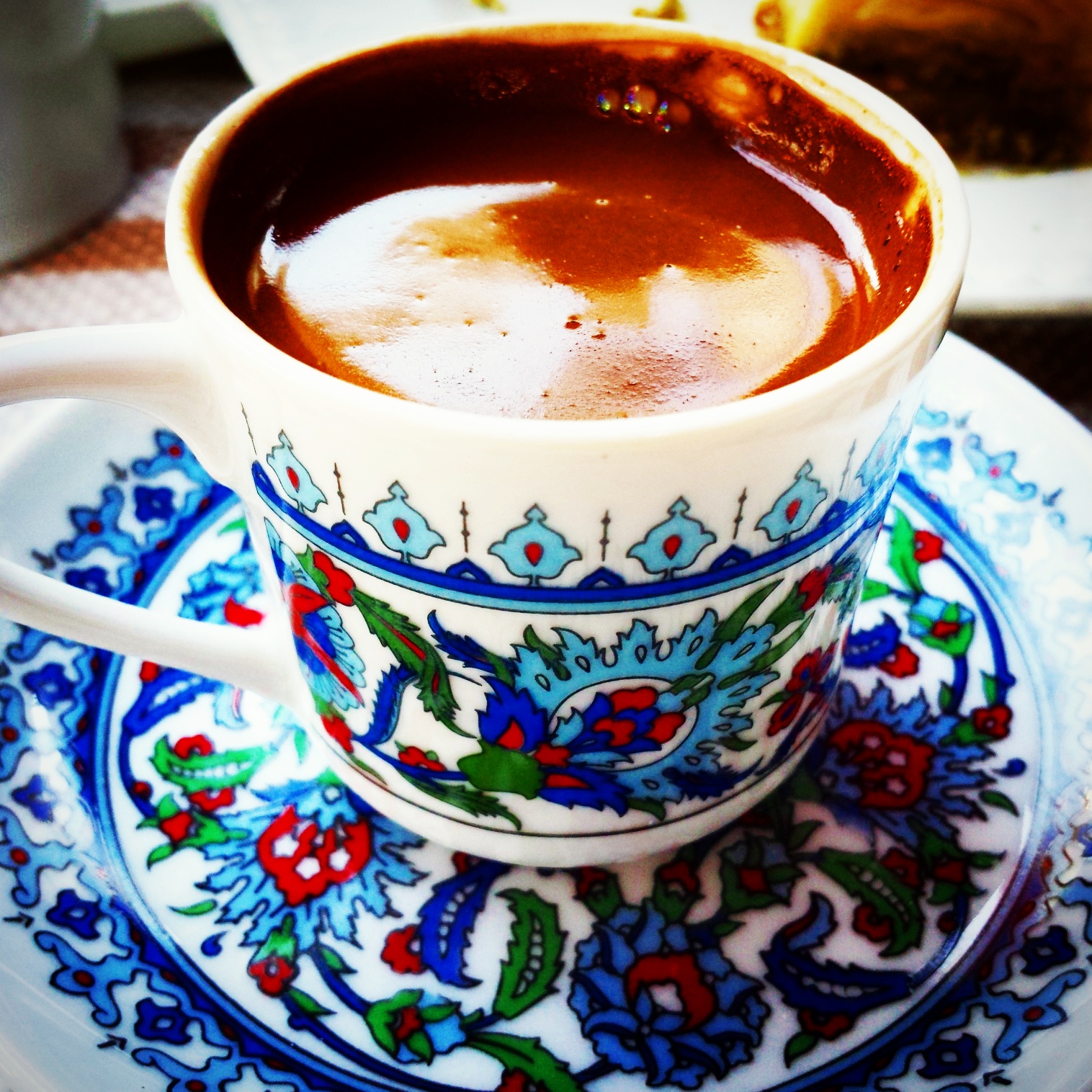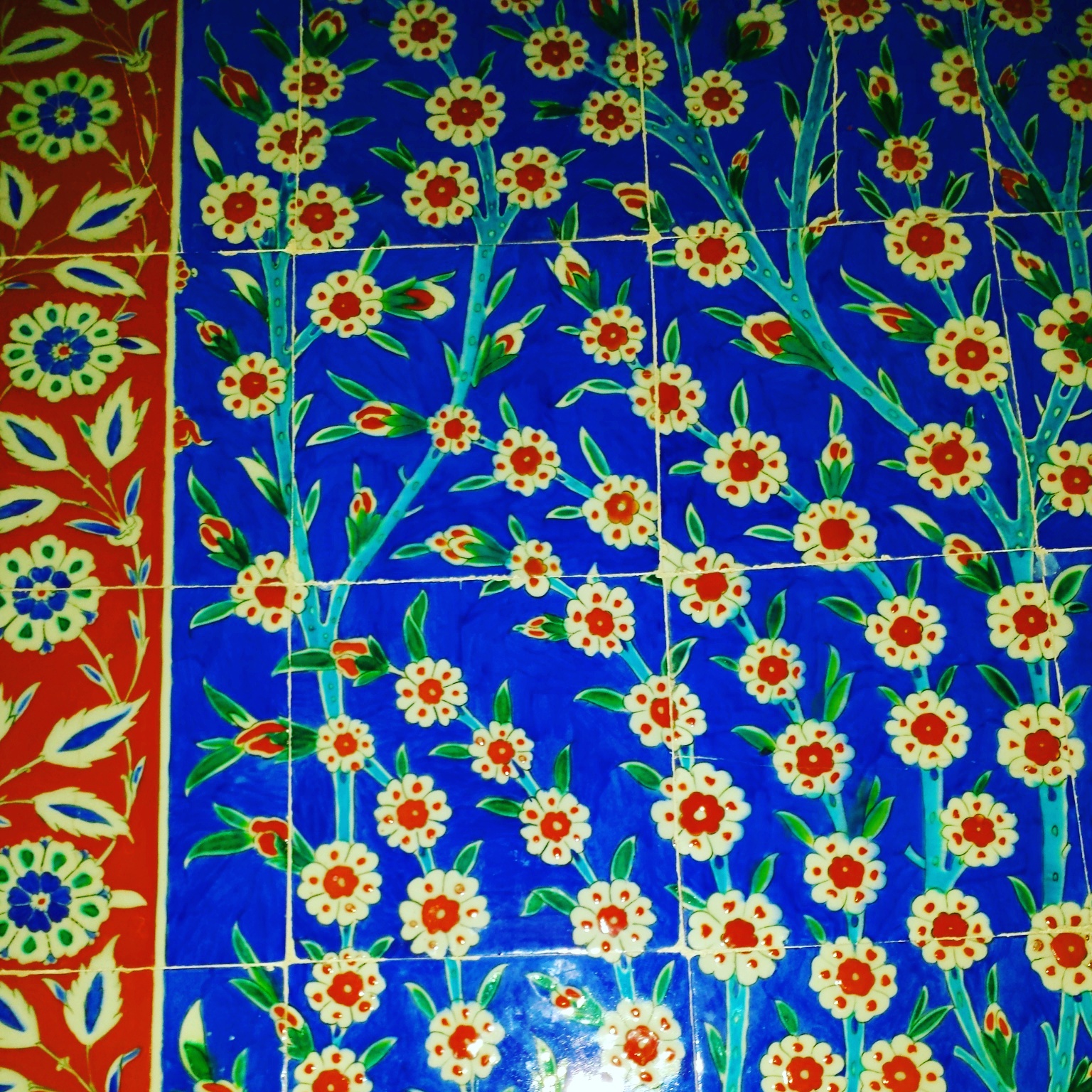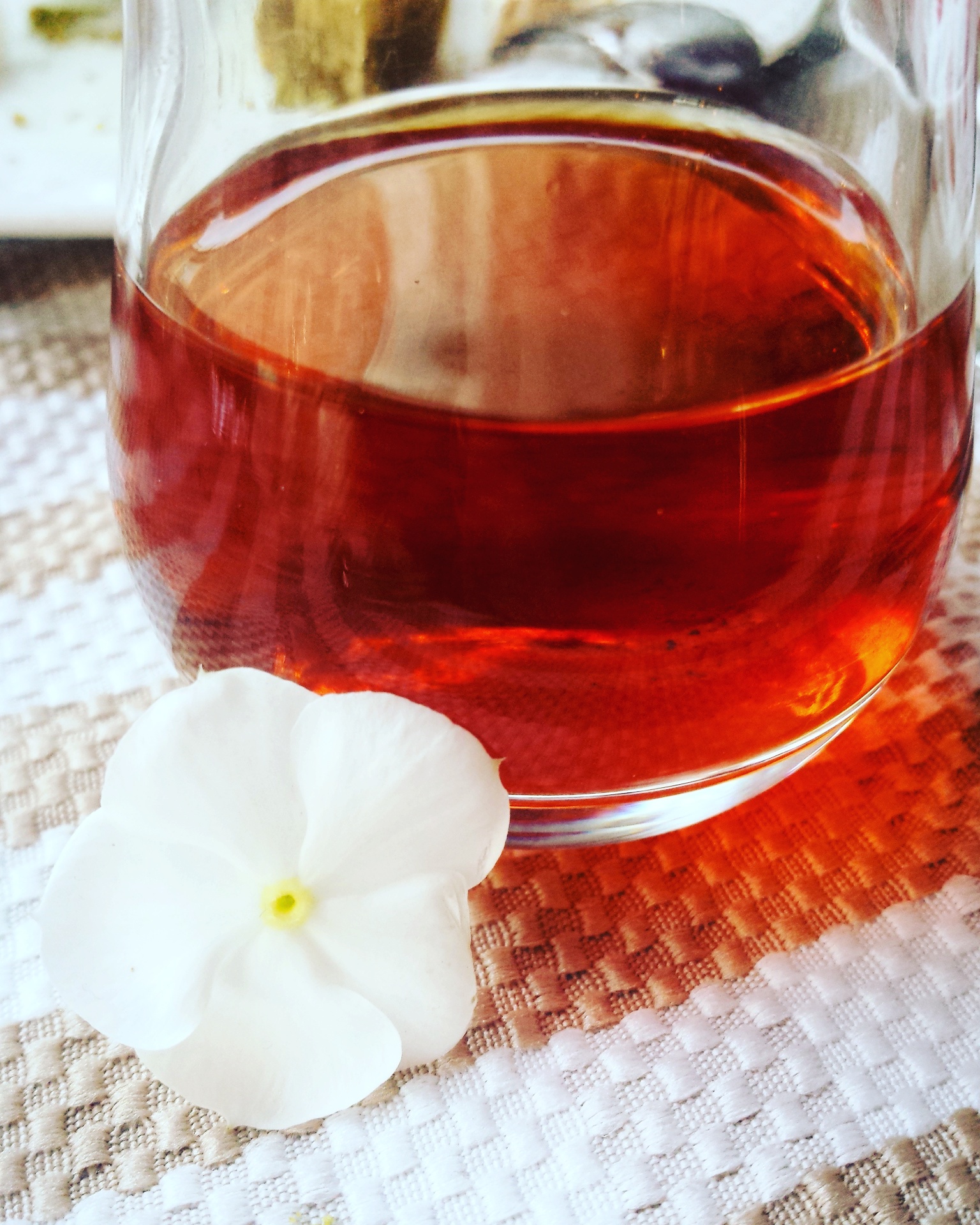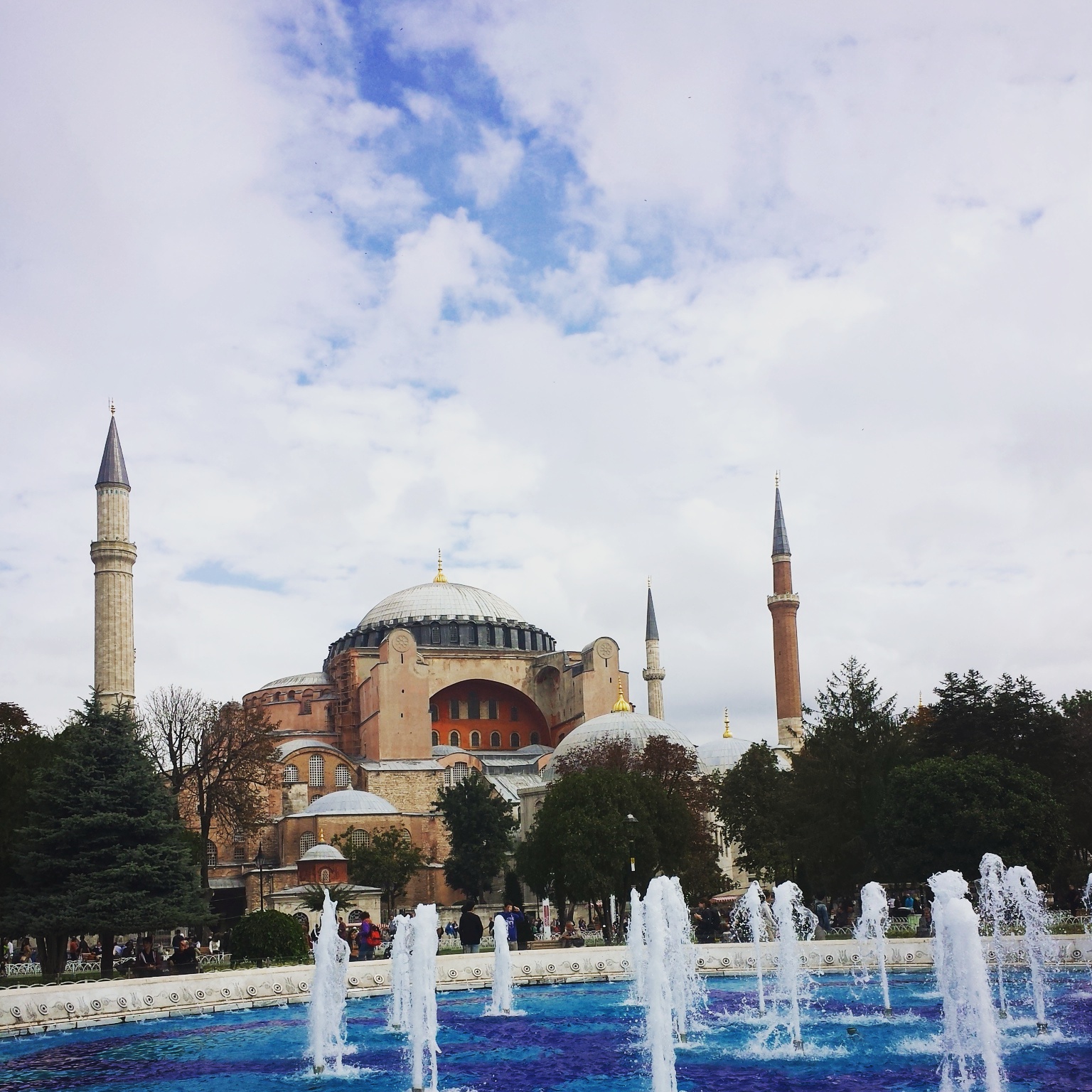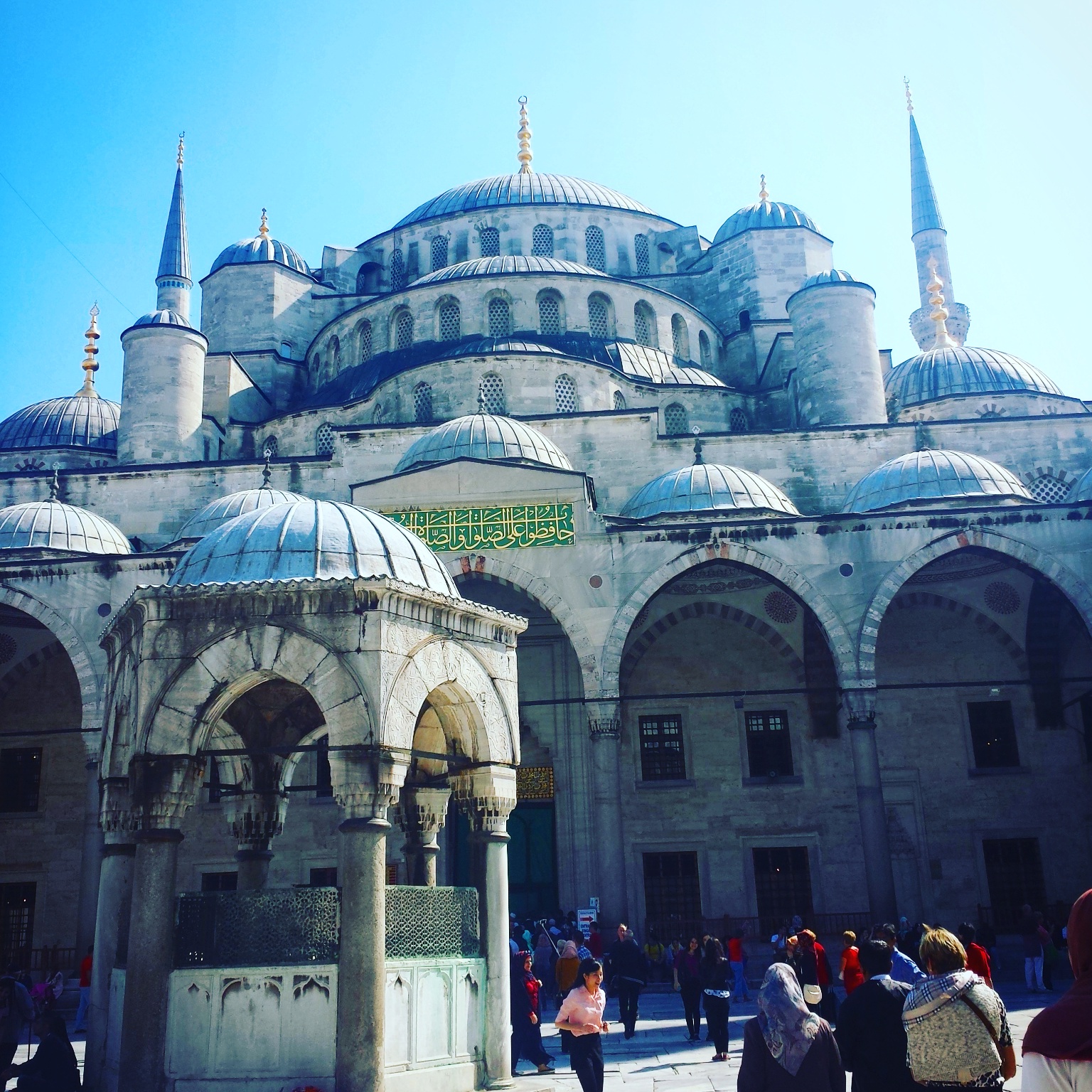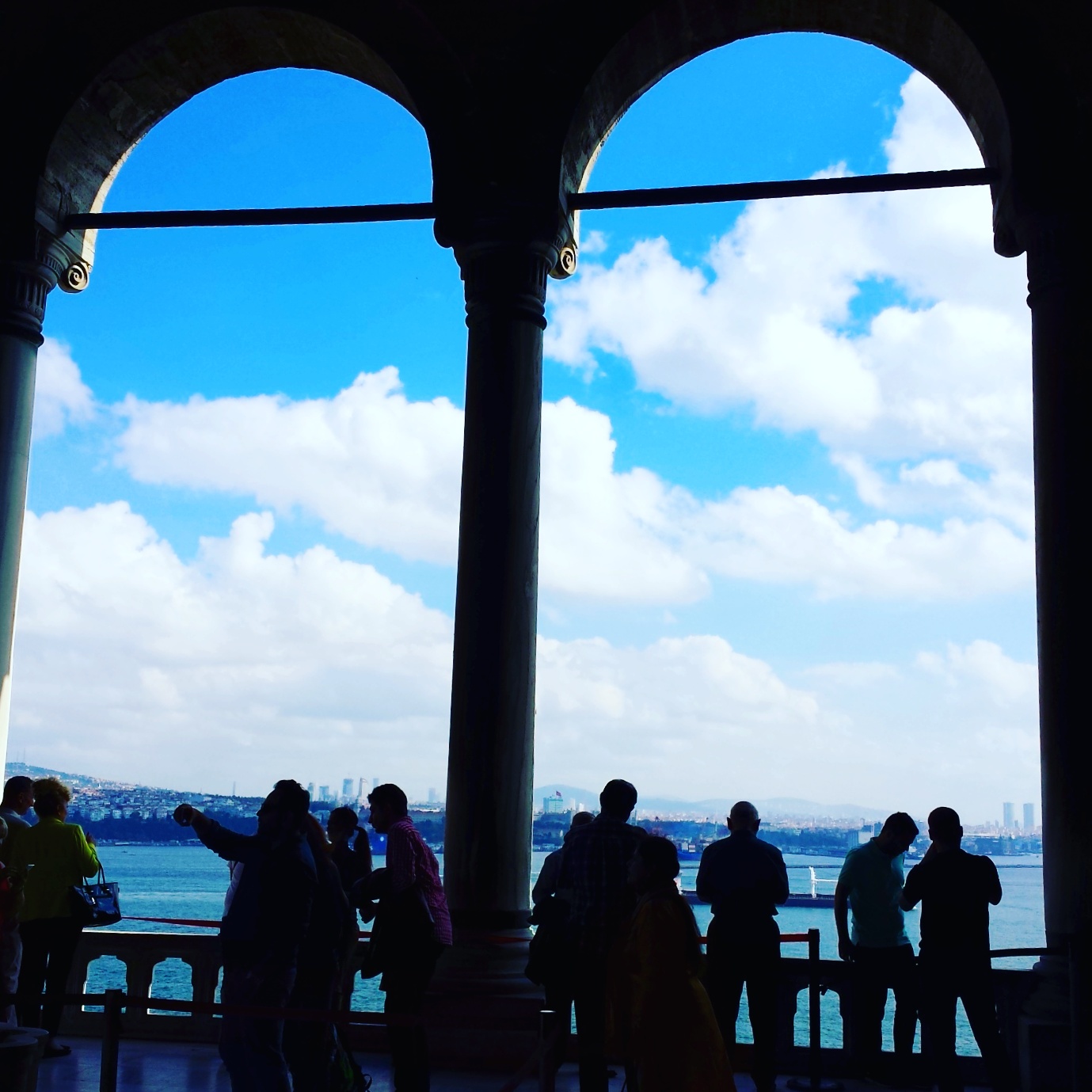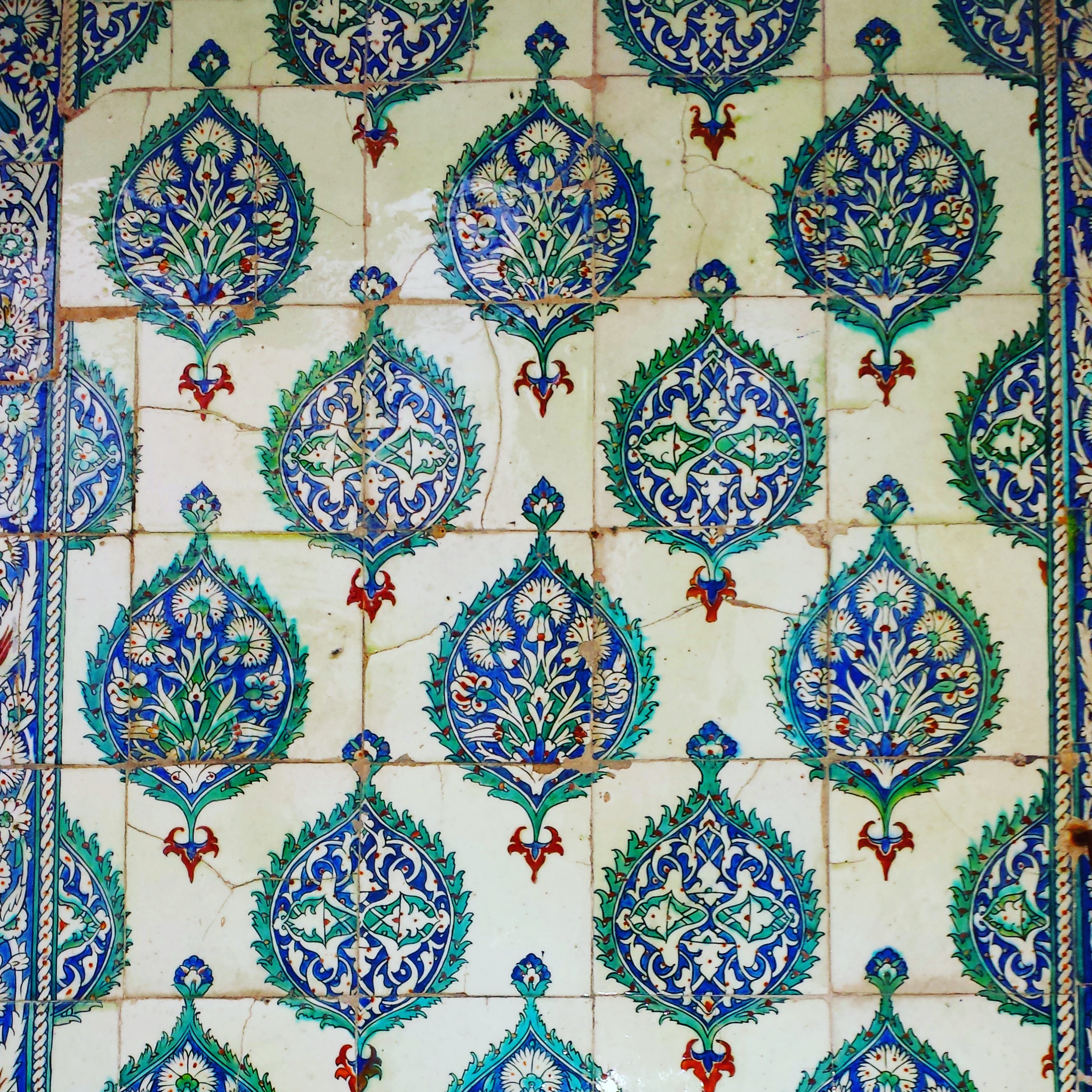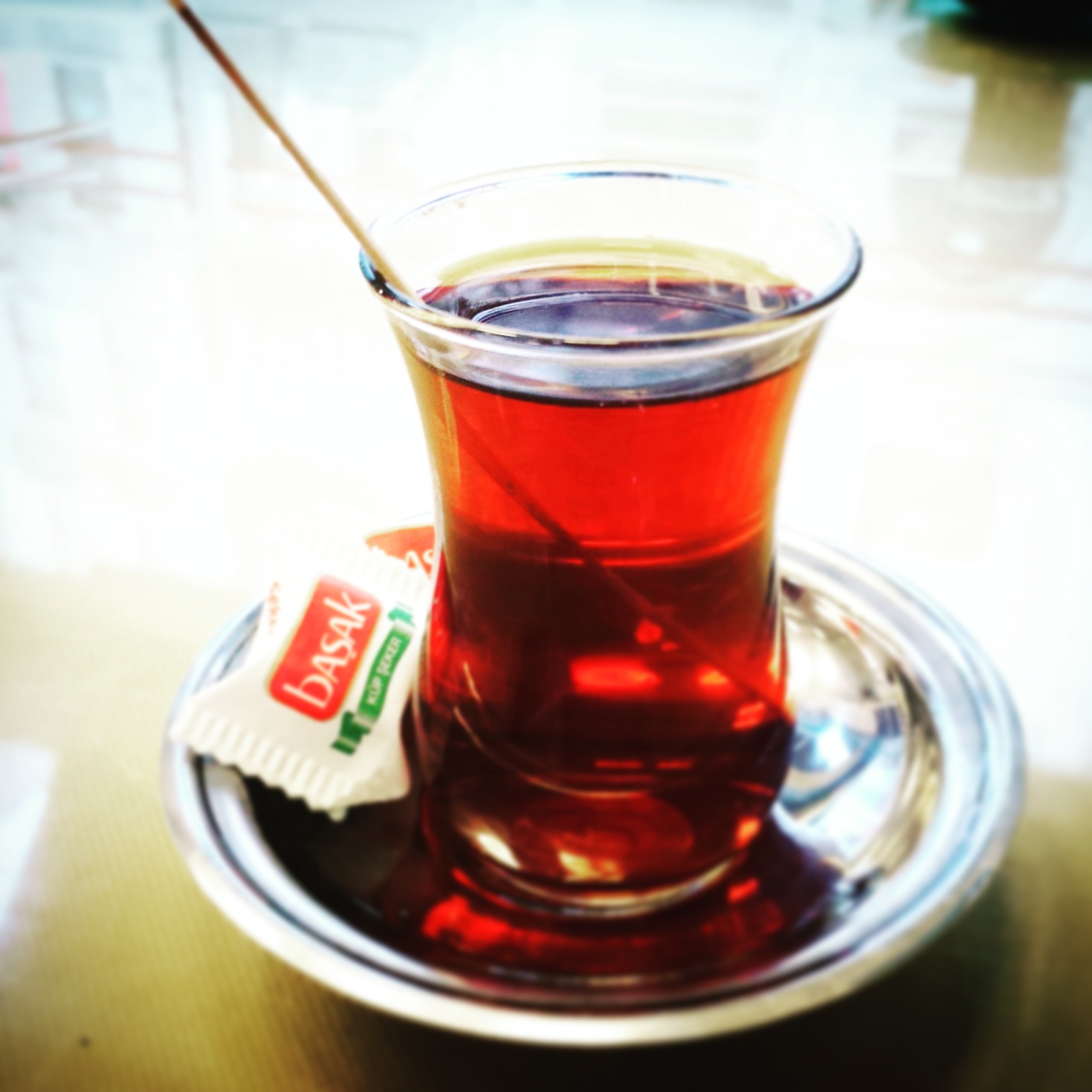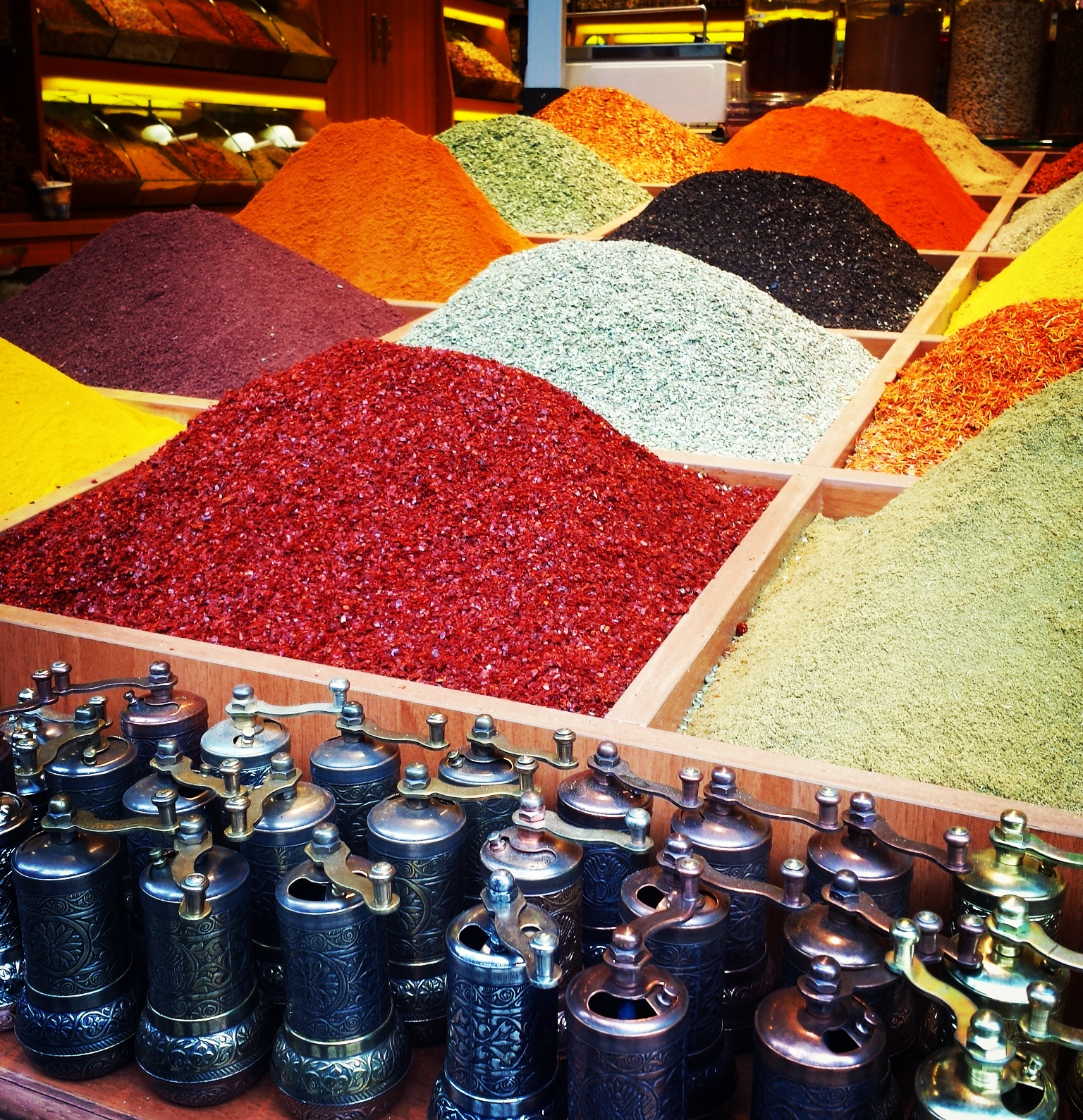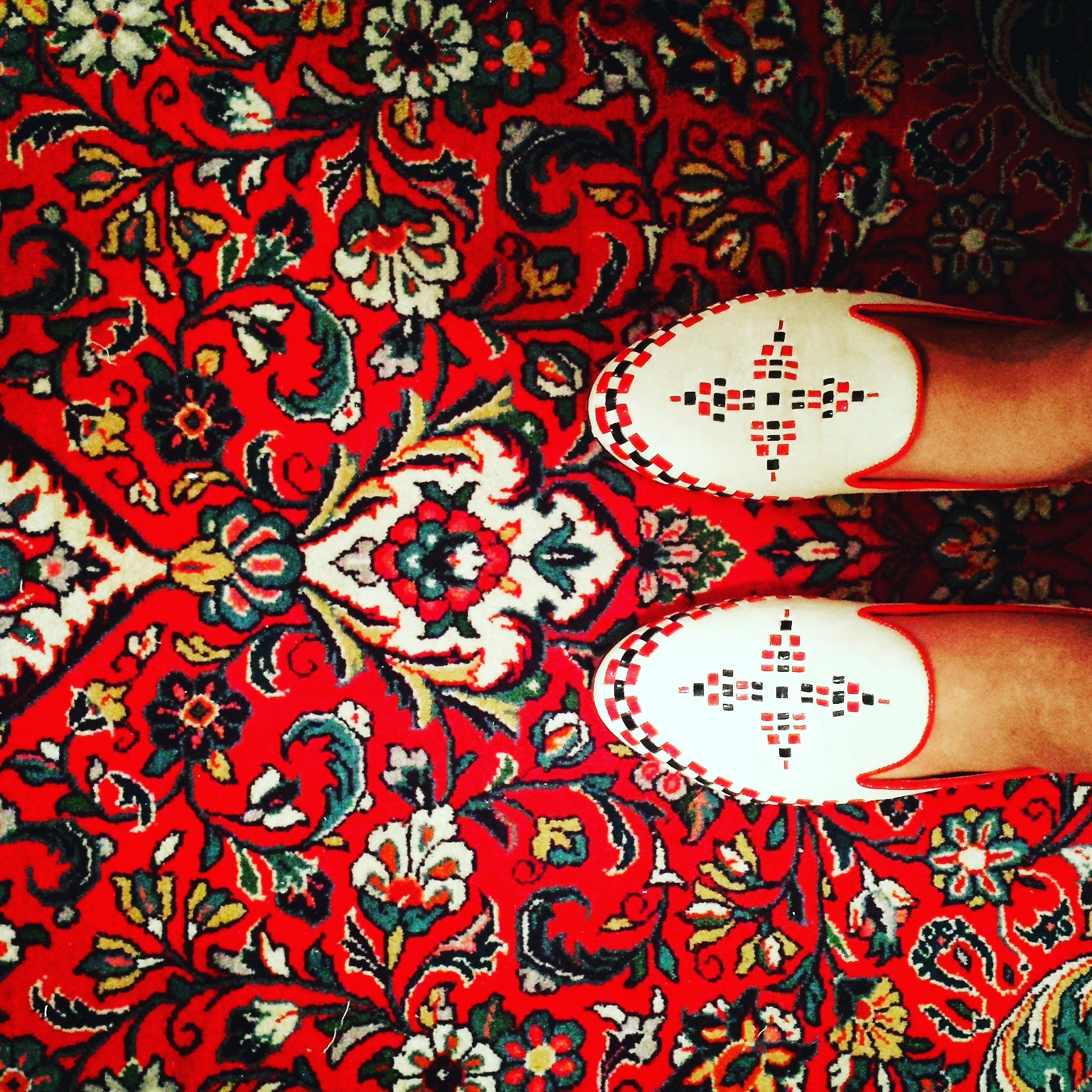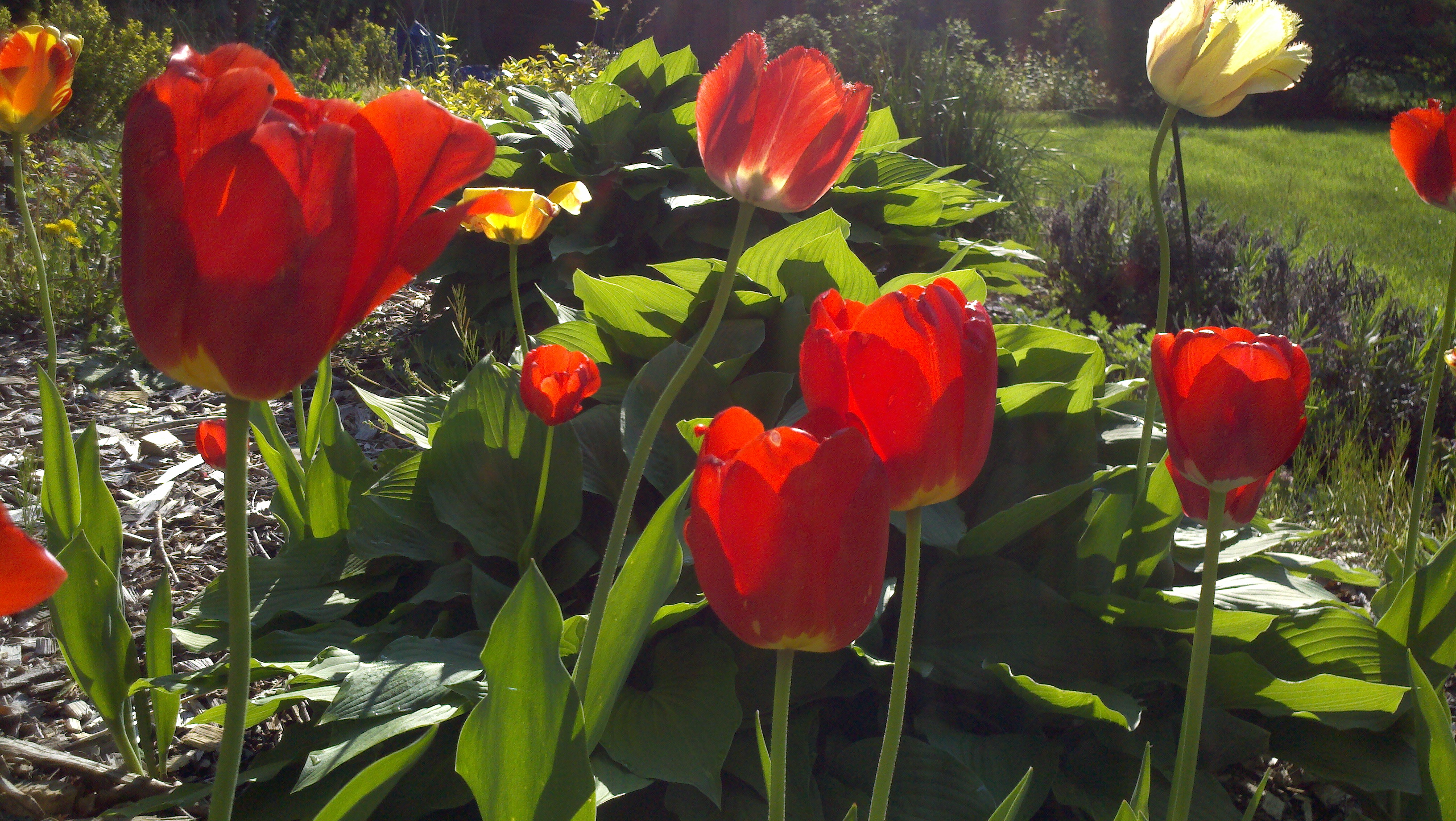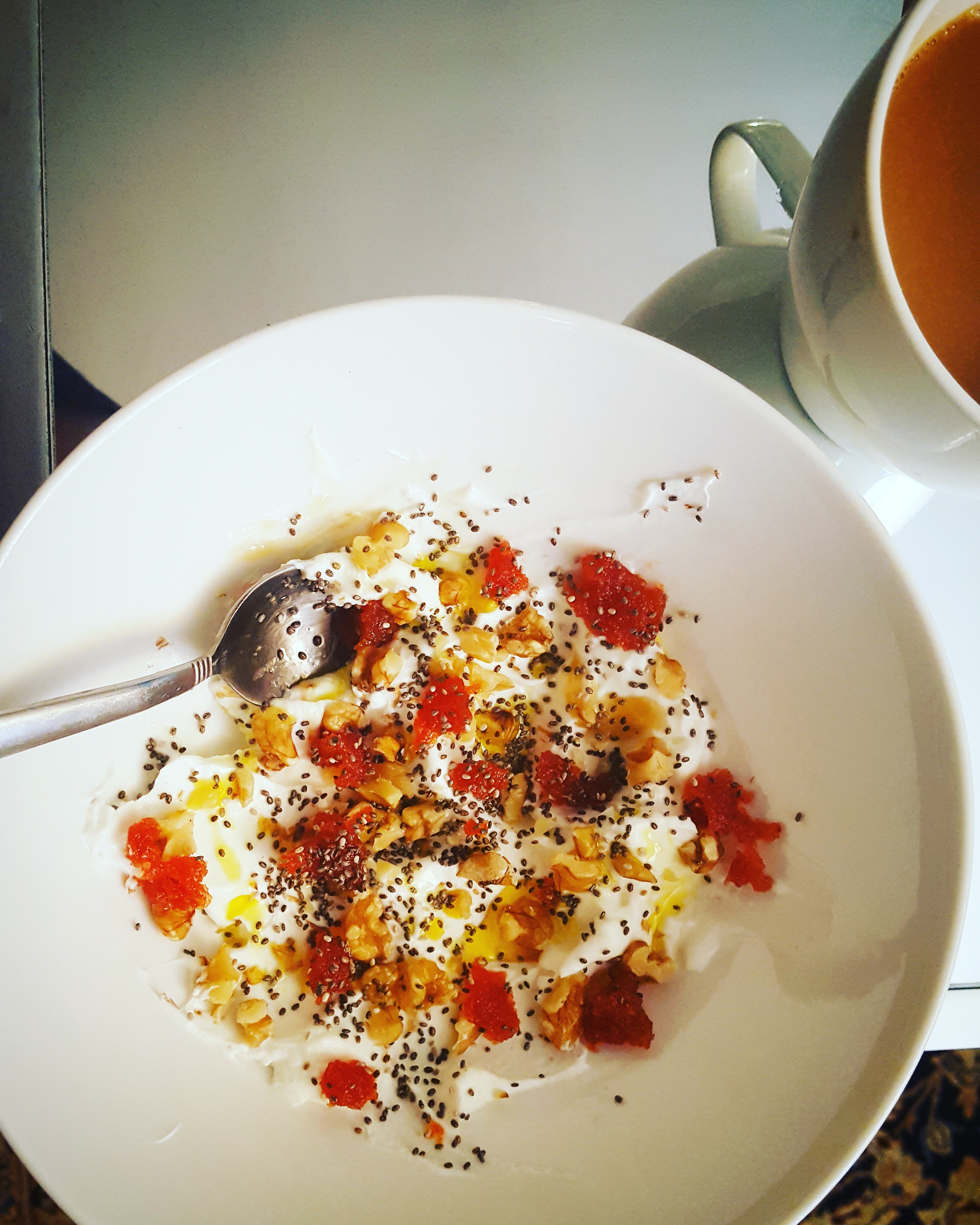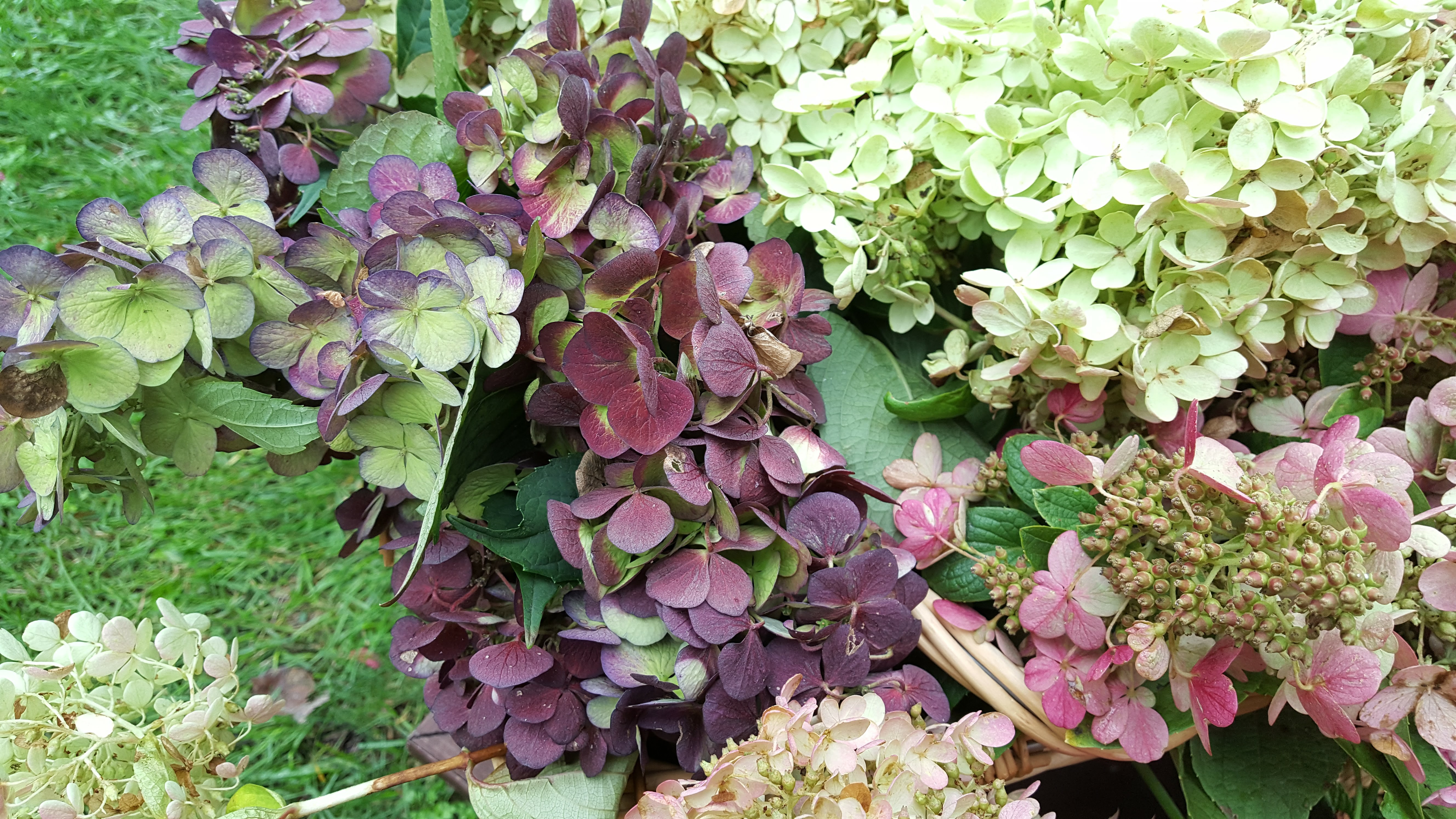
Autumn
The seasons honor the passage of time… I like that. As the days get shorter and temperatures lower, my love for the beauty of nature grows. Each season has it’s own charm but the scarlet, saffron and gold hues of Fall are uniquely special. The days wane and the nights arrive sooner as we turn back the clocks- but there is much warmth and comfort to be found in the hues, flavors and traditions of fall. Beautiful foliage hikes, apple picking, warm cider, cozy woolen sweaters, fireplaces and butternut squash just to name a few. And after all Thanksgiving is right around the corner!
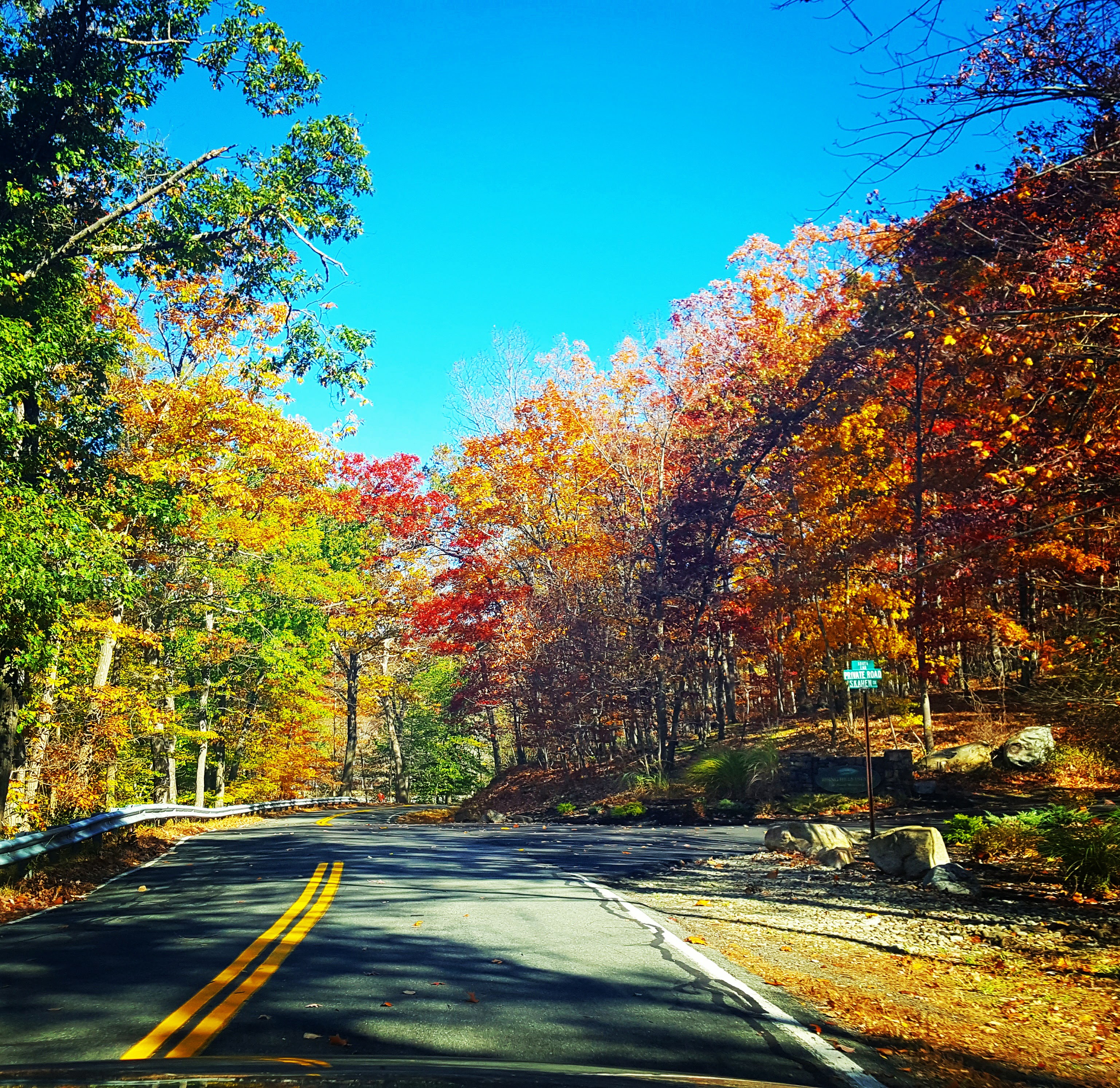
In the wake of the post 2016 election era, embracing change has become an important theme. Regardless of our political positions, there is a new season to embrace. And although the road ahead is unclear, we must remain hopeful and optimistic. Change is hard. Change in inevitable. But change is good. Sometimes we must lose something, in order to gain something greater. Deepak Chopra says that “all great changes are preceded by chaos.” In nature, autumn is a perfect example. The changing color of leaves is due to cold weather and less light which affects the way plants create chlorophyll – the green pigment that captures light and powers photosynthesis and makes plants green. This disruption allows other tones to shine through giving leaves a more red or orange color. The loss and breakdown of one element, allows the splendor and growth of another through color and beauty.
In my garden, the Hydrangeas’ colors change as the acidity of the soil changes. Their slow and remarkable transition is filled with wonder. The white hydrangeas turn a mauvy pink, the blue turn green, the light purple turns a deep burgundy and the bright pink ones wear the cloak of deep magenta. Some growers intentionally force the color change by adjusting the PH and aluminium levels of the soil. I don’t do that and simply enjoy the organic change of the earth as time passes.
George Bernard Shaw tells us “Progress is impossible without change, and those who cannot change their minds cannot change anything.” This is a time of year where many of us come together in the spirit of family and charity and focus on gratitude and self reflection. Change begins from within each of us. I hope America can find that spirit as we transition through our modern challenges and honor the passage of time with grace, understanding and respect for the nature of life and ultimately, for each other.


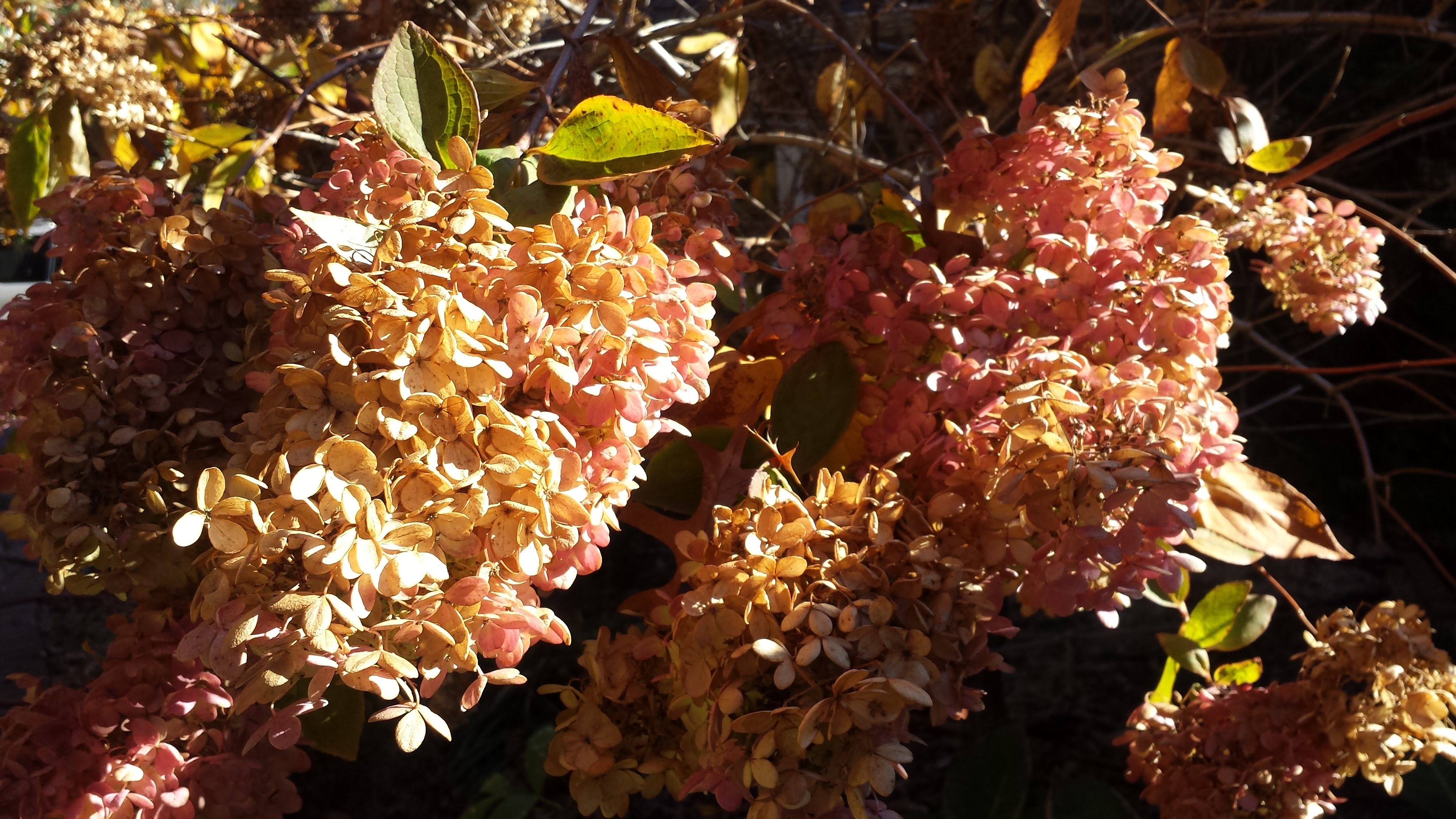
Hafiz of Shiraz:
“Leave the familiar for a while.
Let your senses and bodies stretch out
Like a welcomed season
Onto the meadow and shores and hills.
Open up to the Roof.
Make a new watermark on your excitement
And love.
Like a blooming night flower,
Bestow your vital fragrance of happiness
And giving
Upon our intimate assembly.
And Change rooms in your mind for a day.”
Musical Inspiration:
~Vivaldi Four Seasons violin concerti, Autumn- 1725
